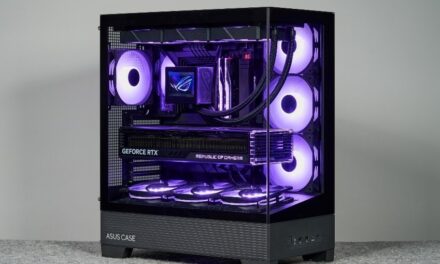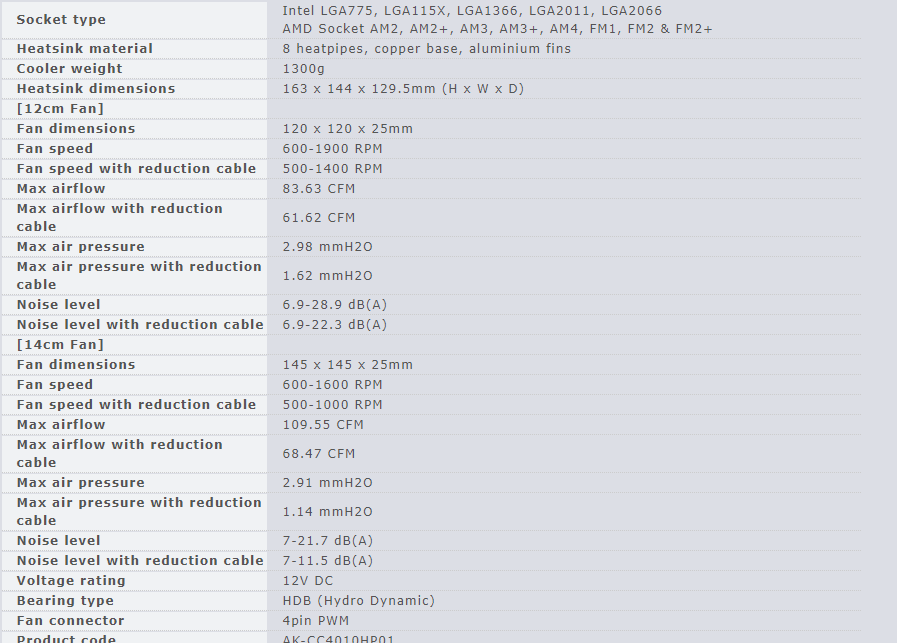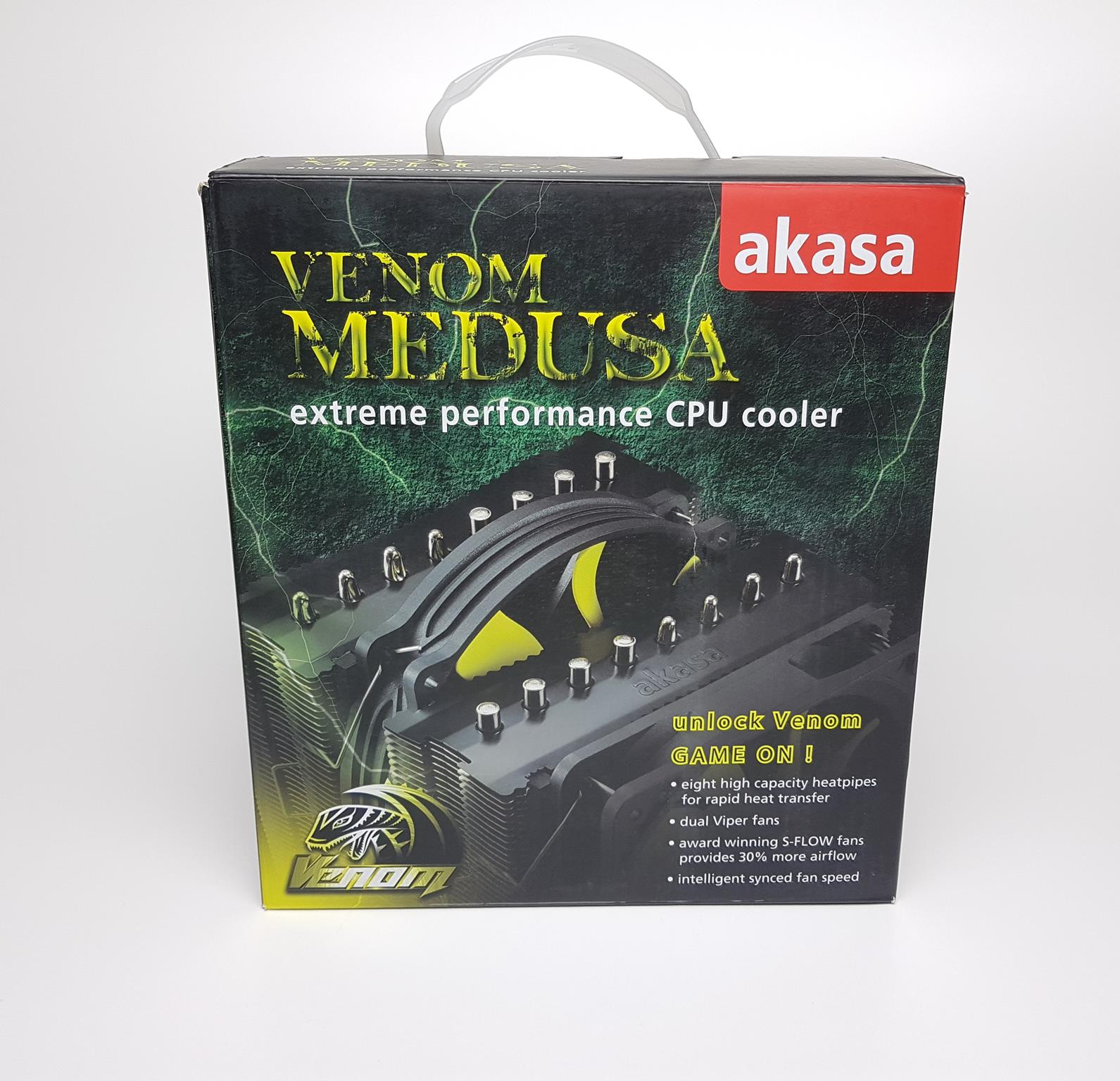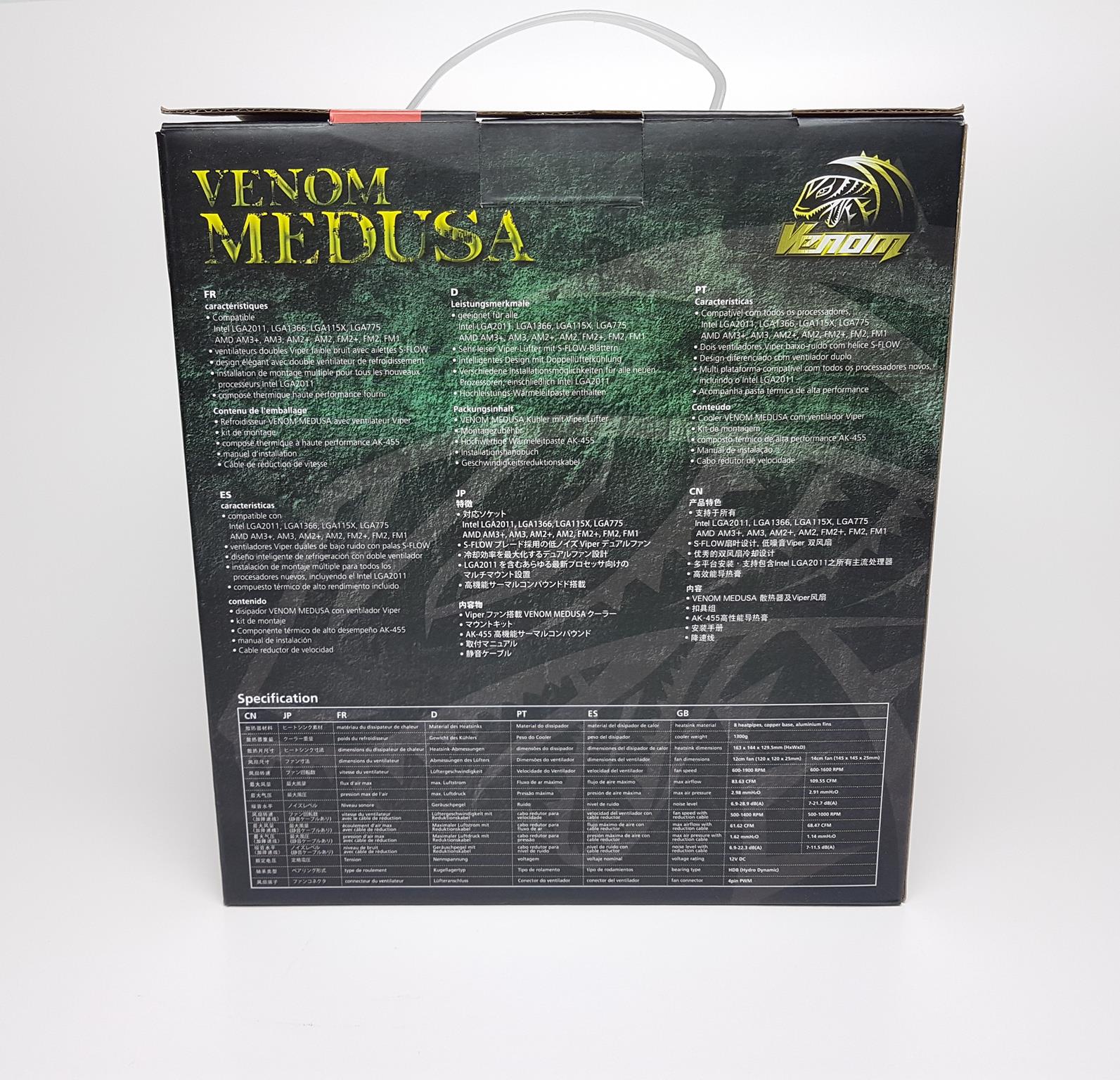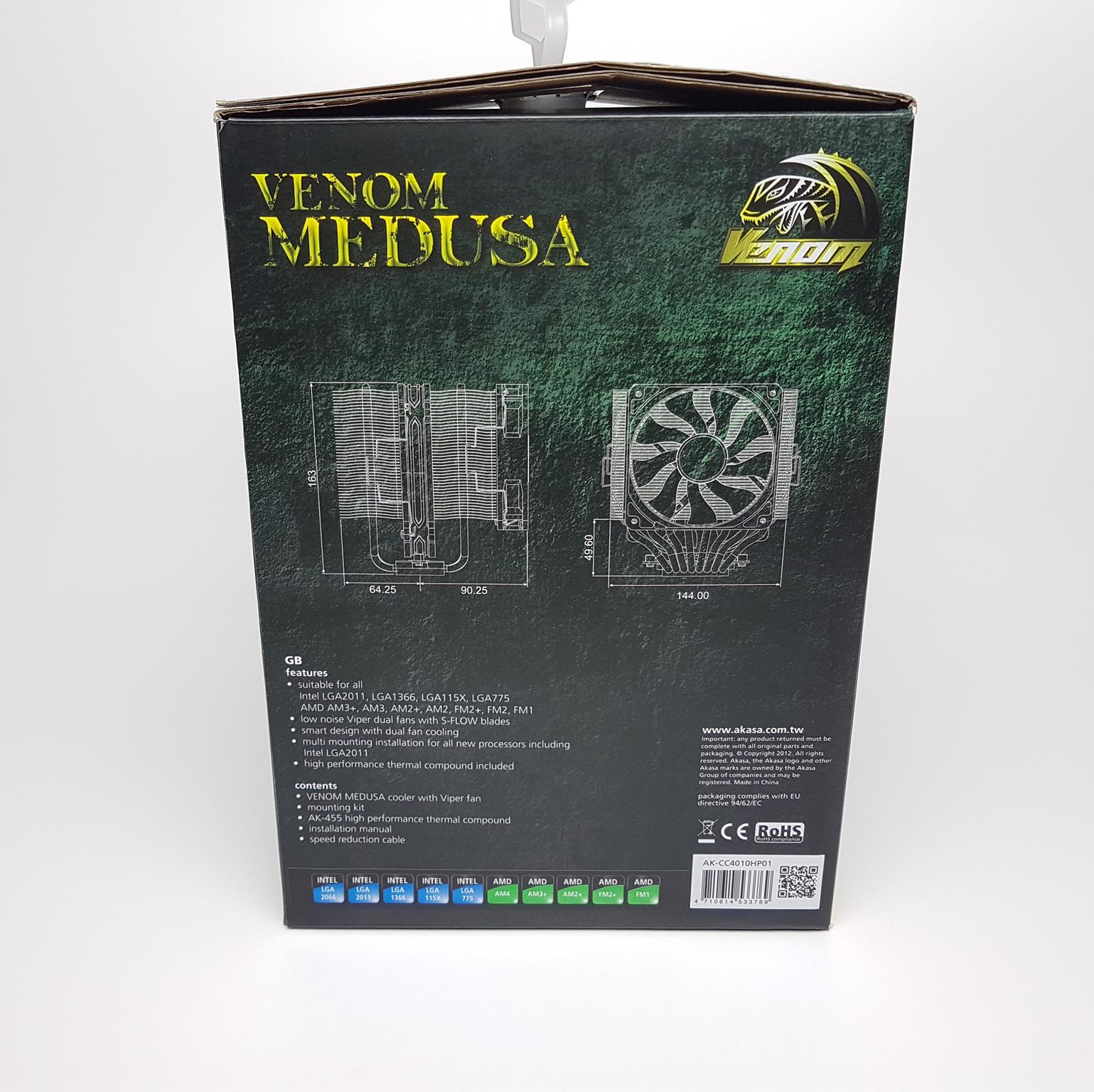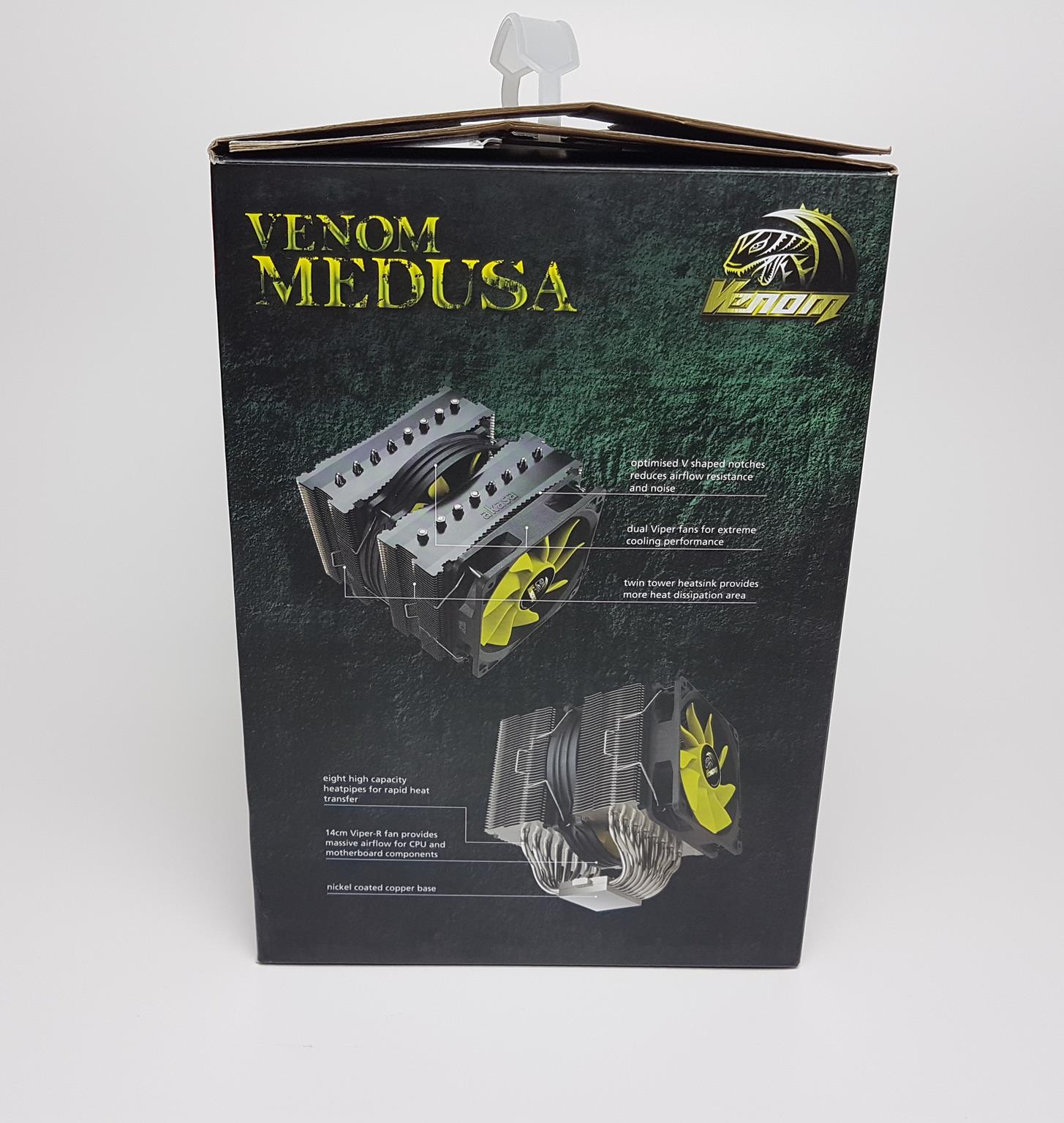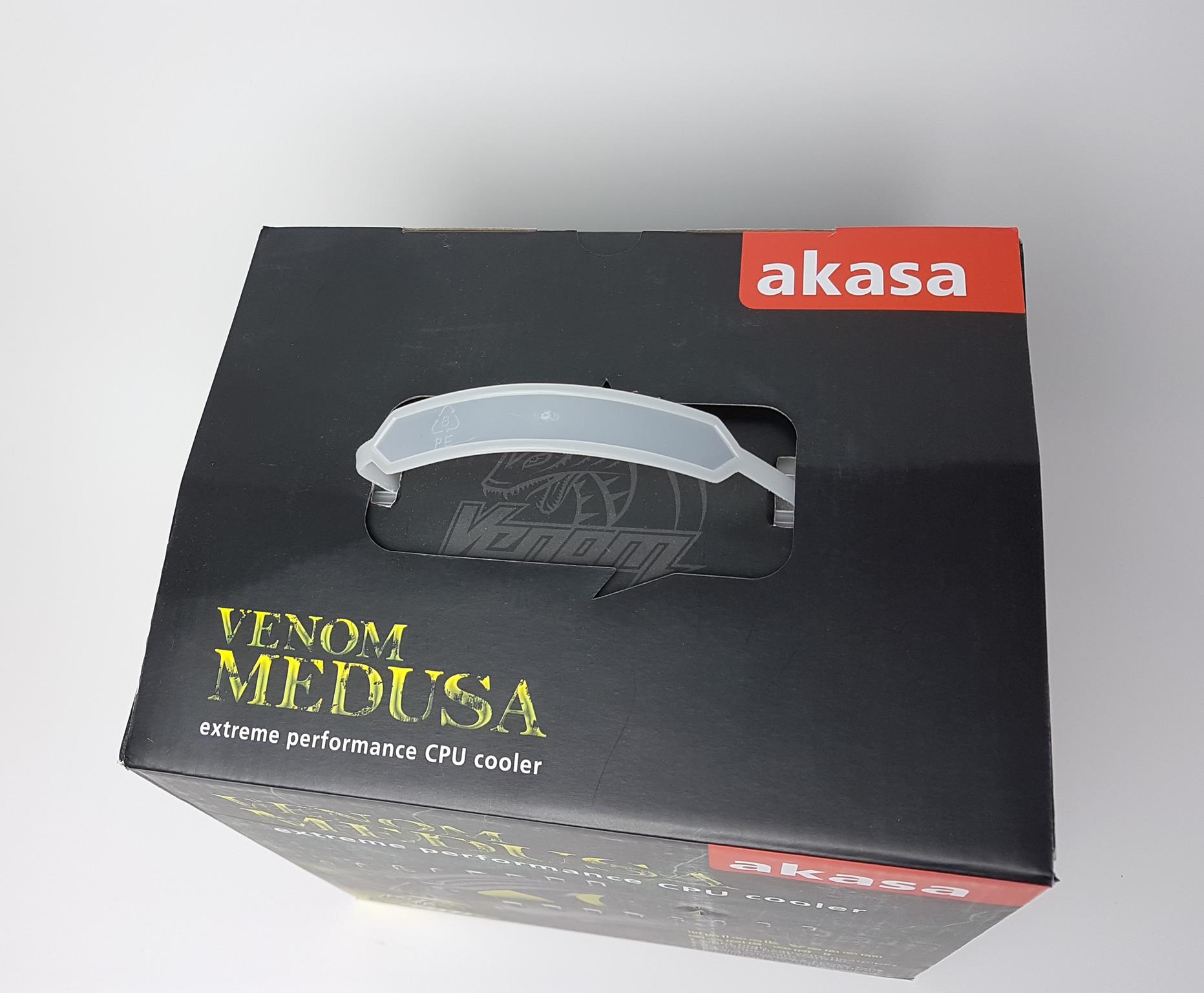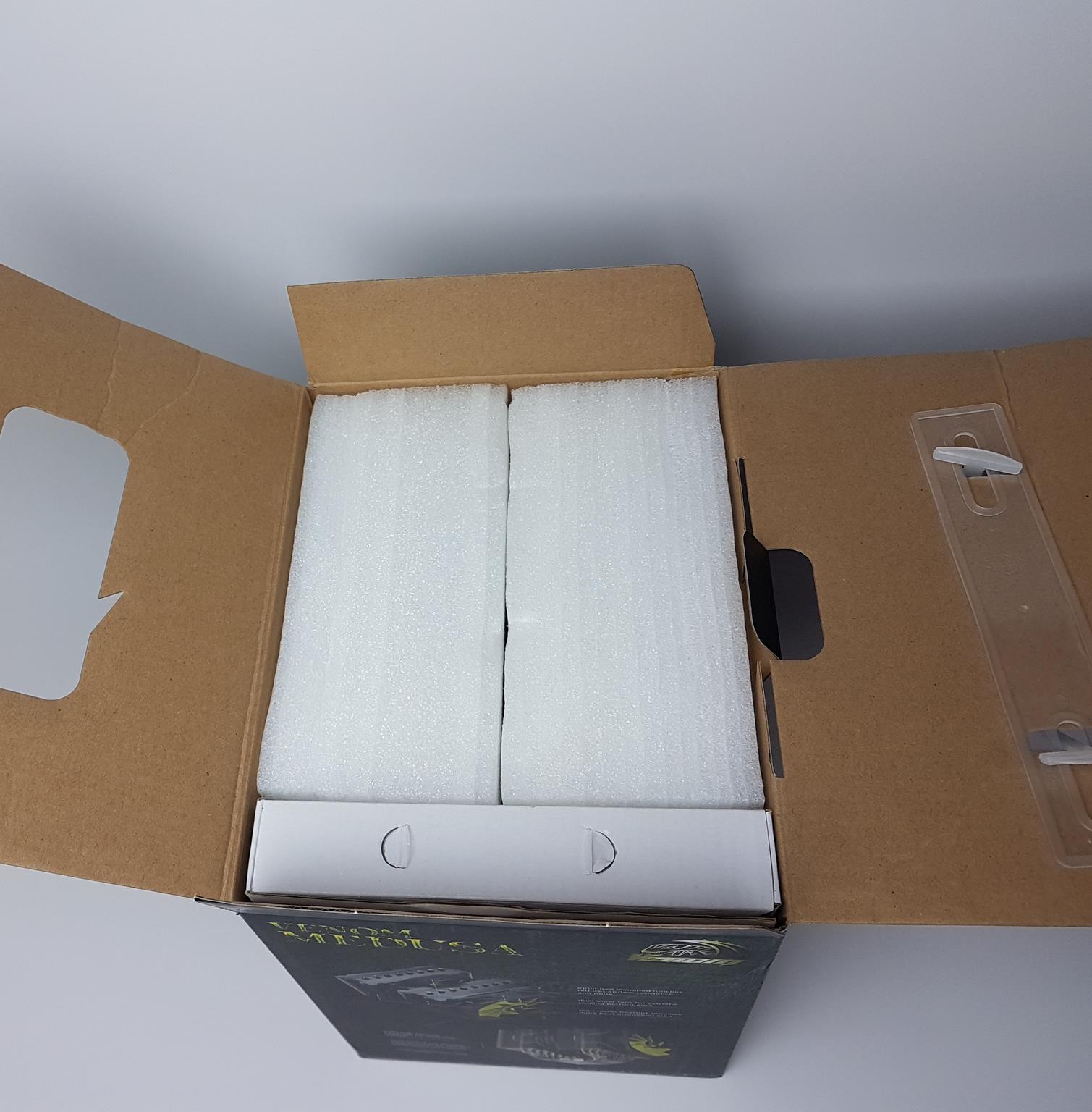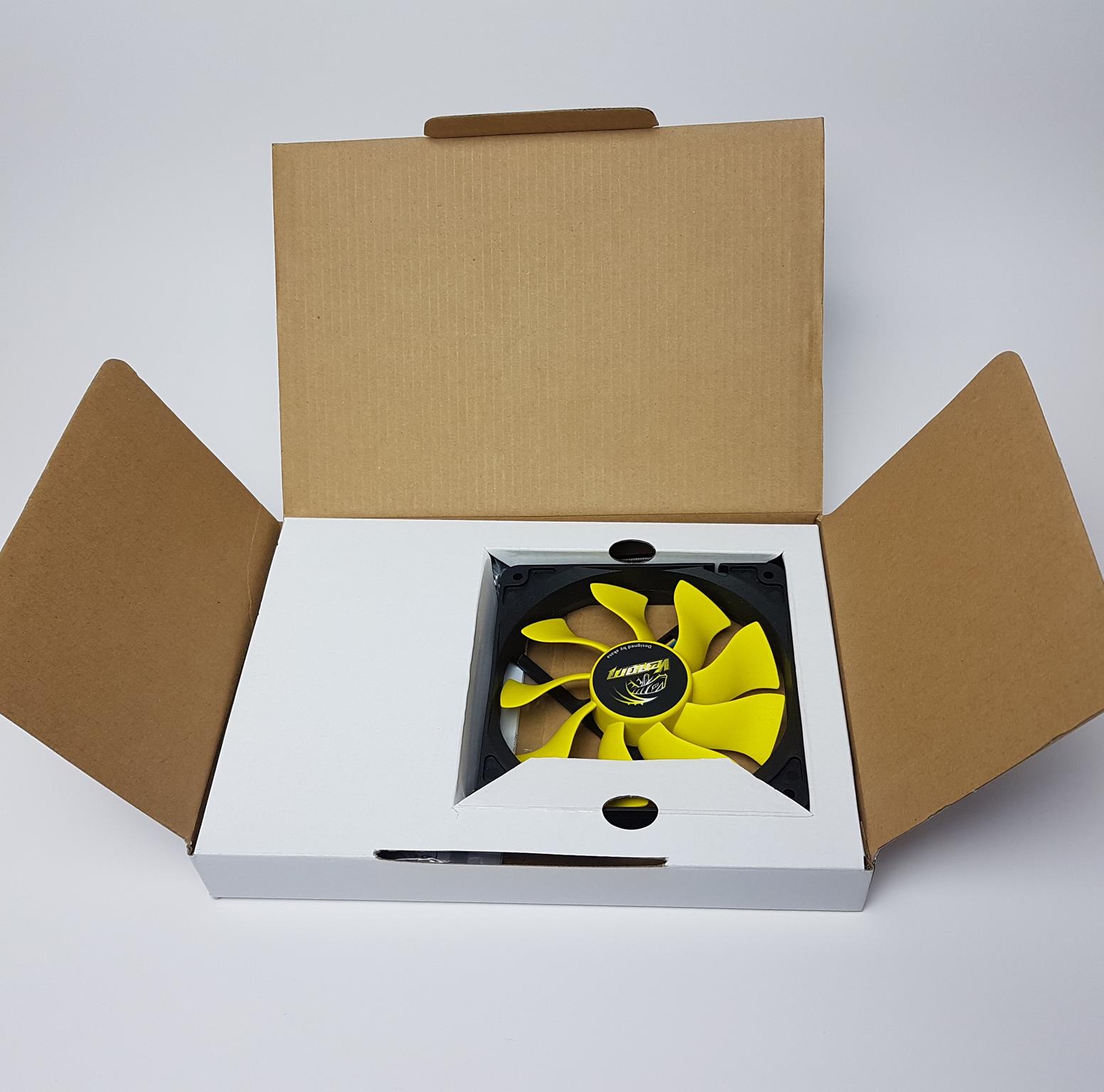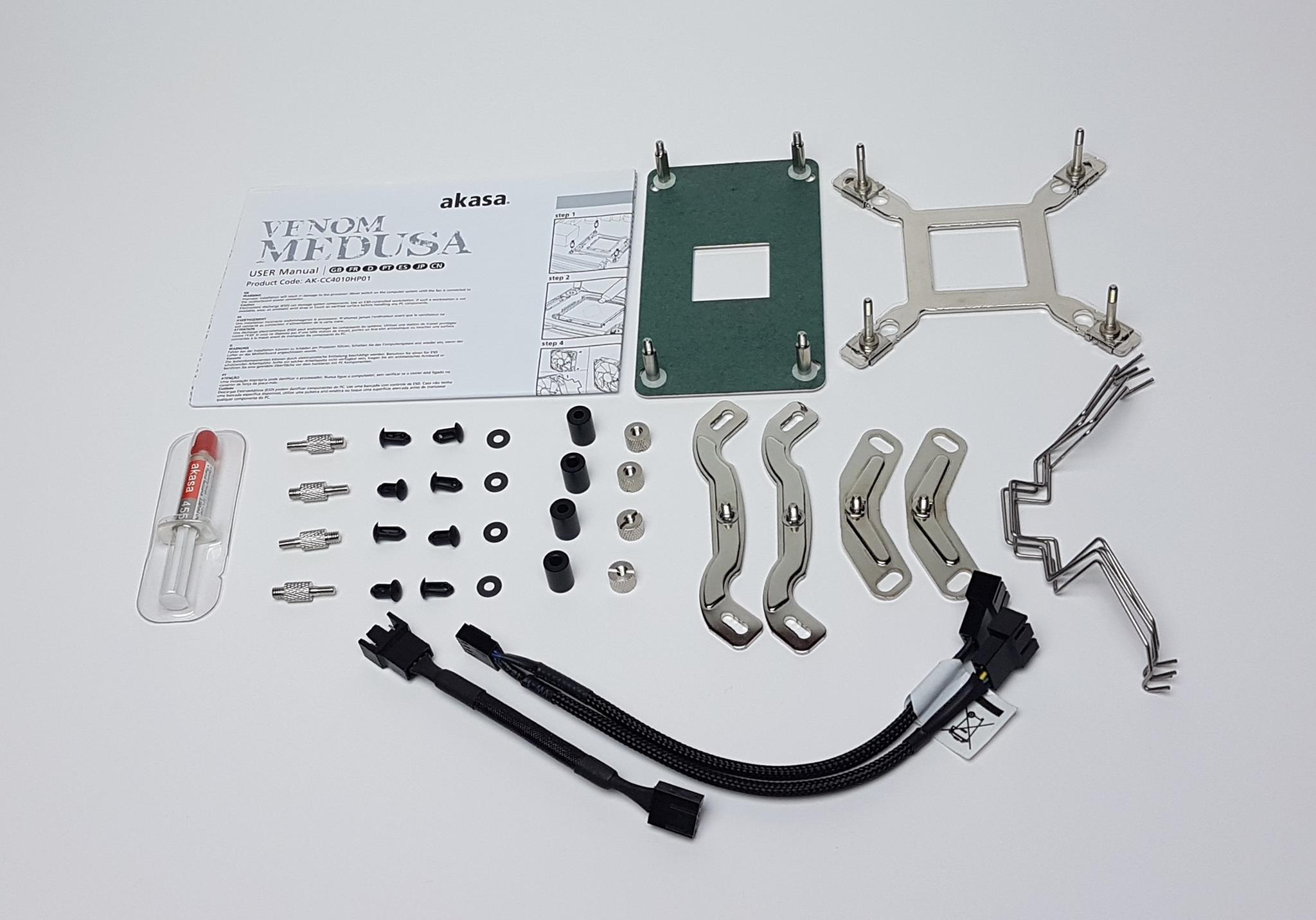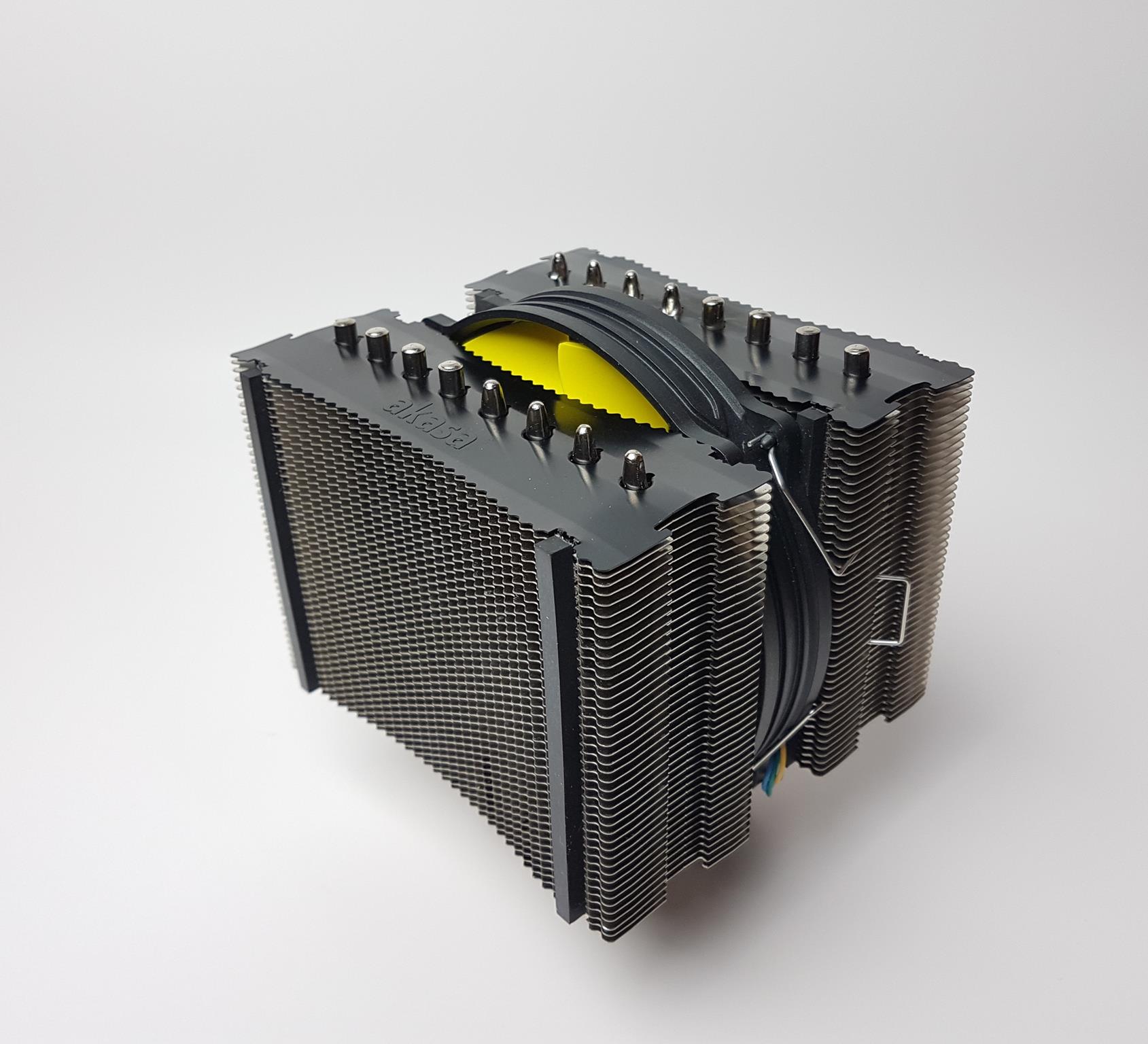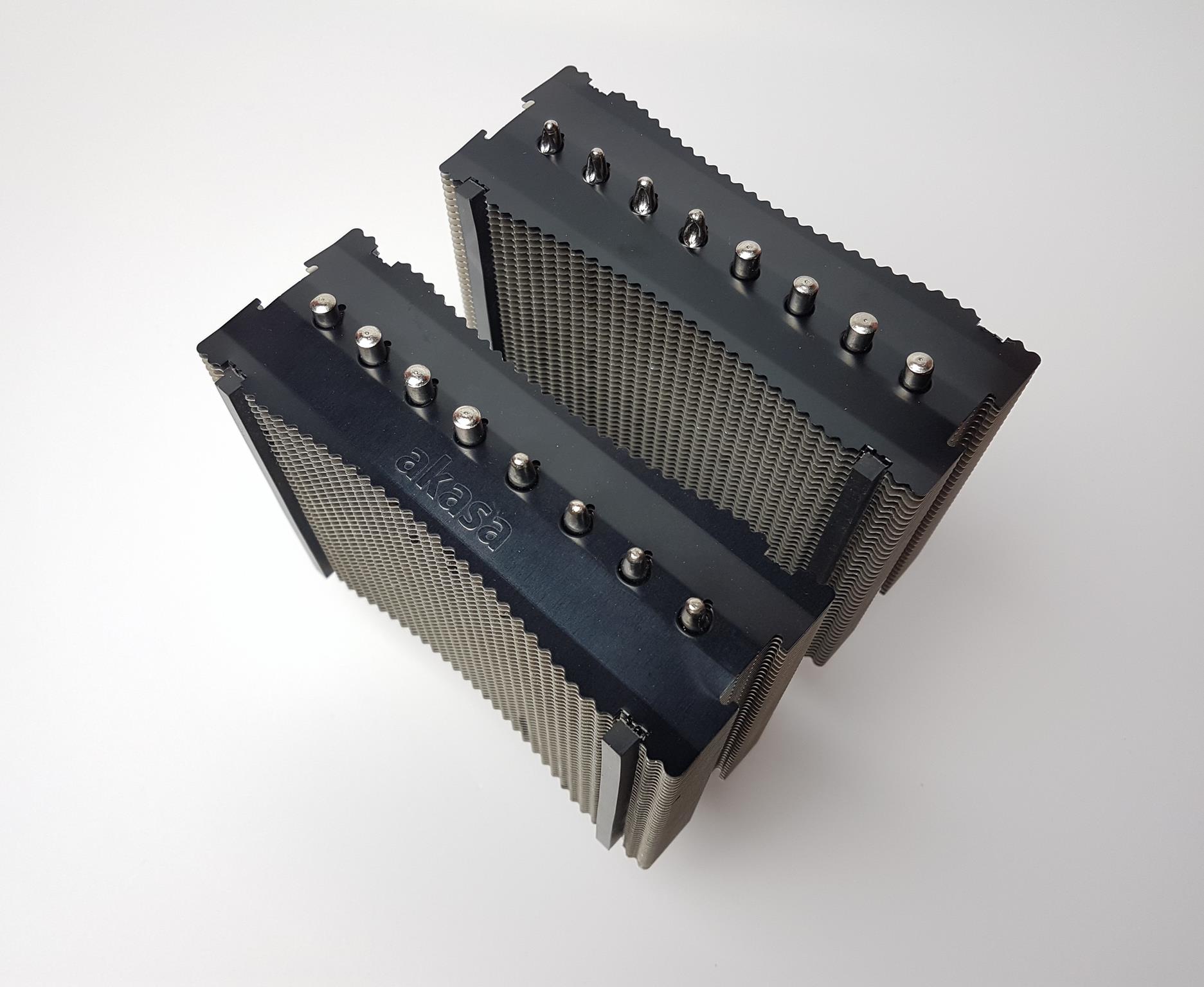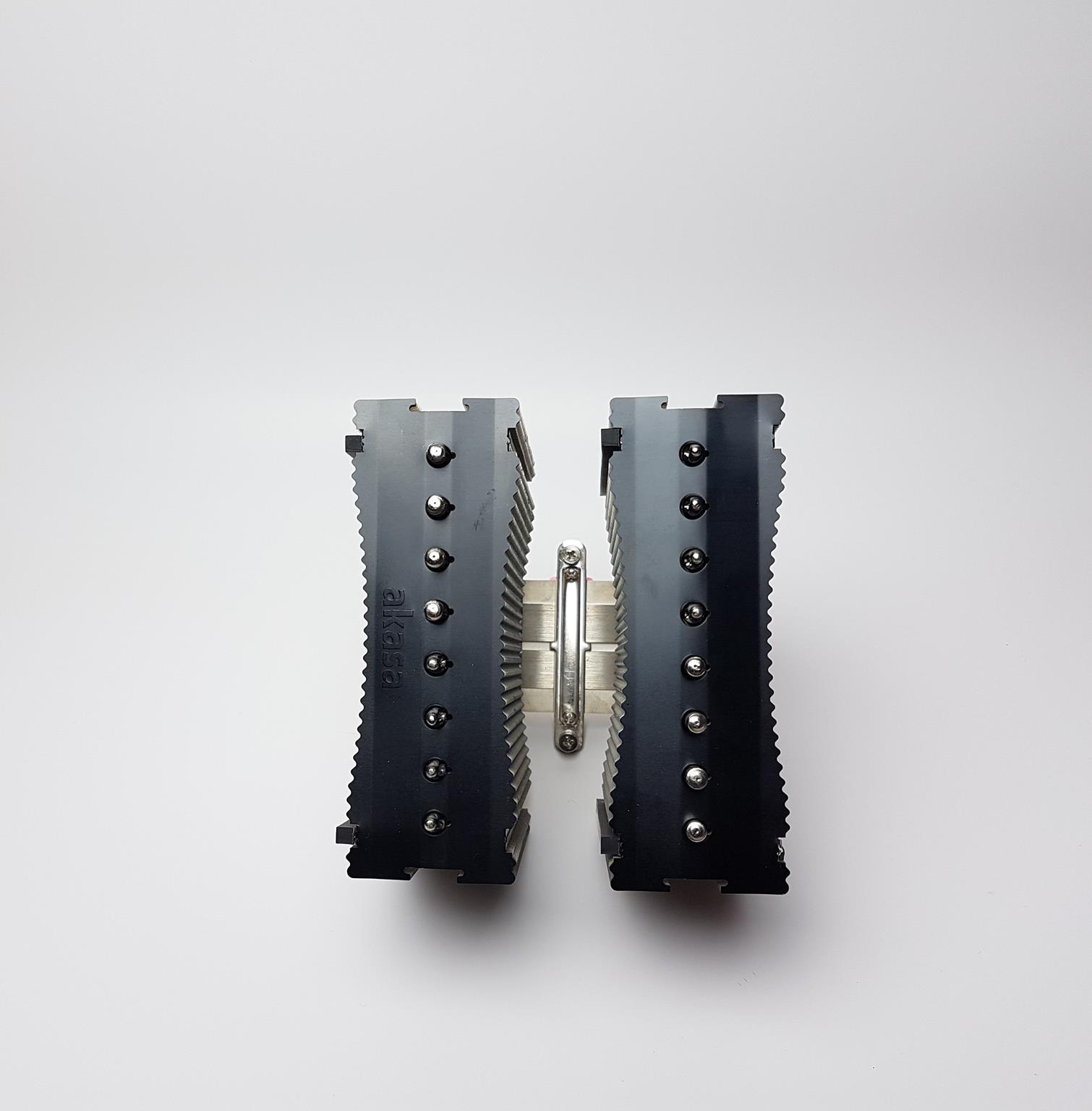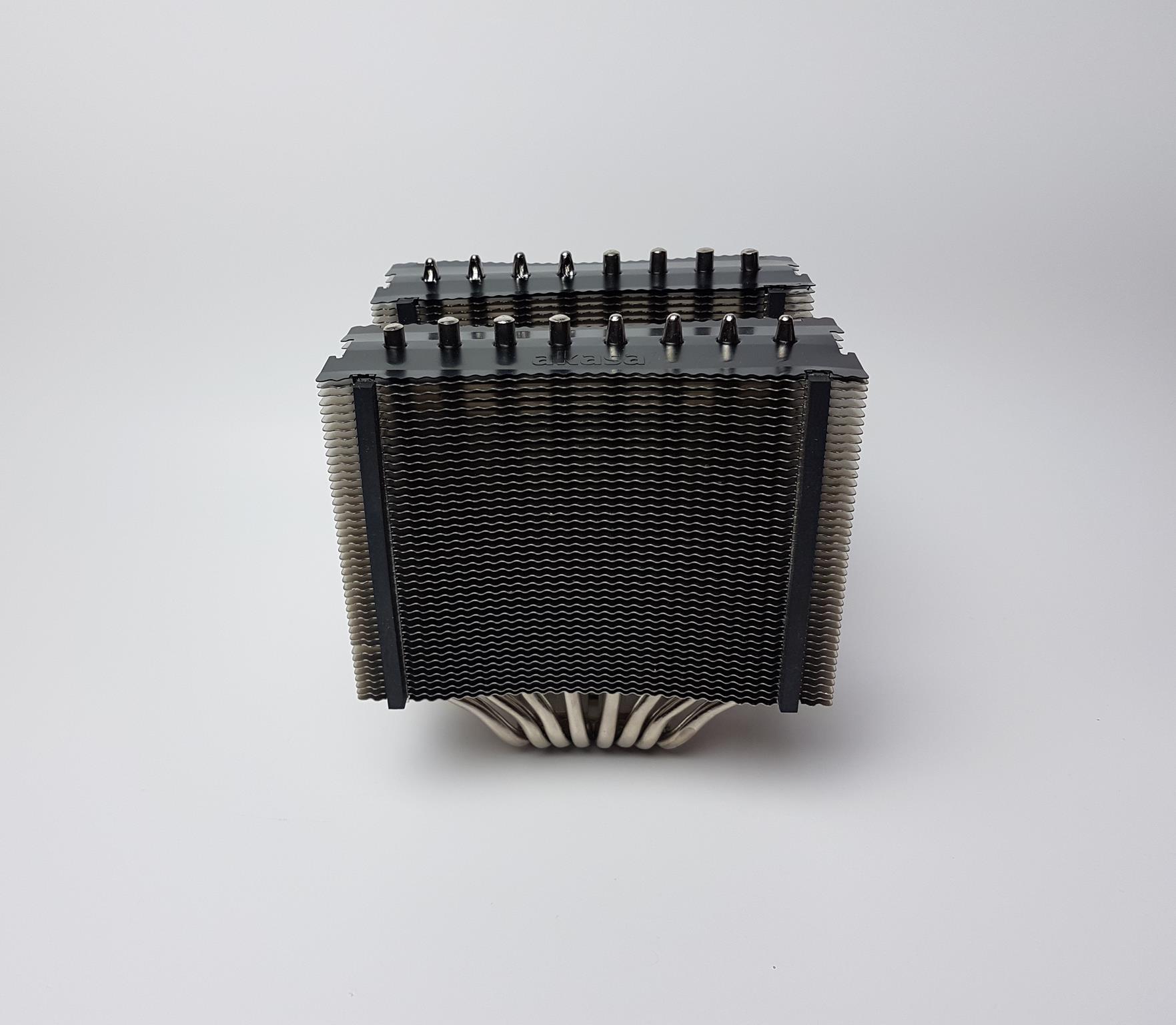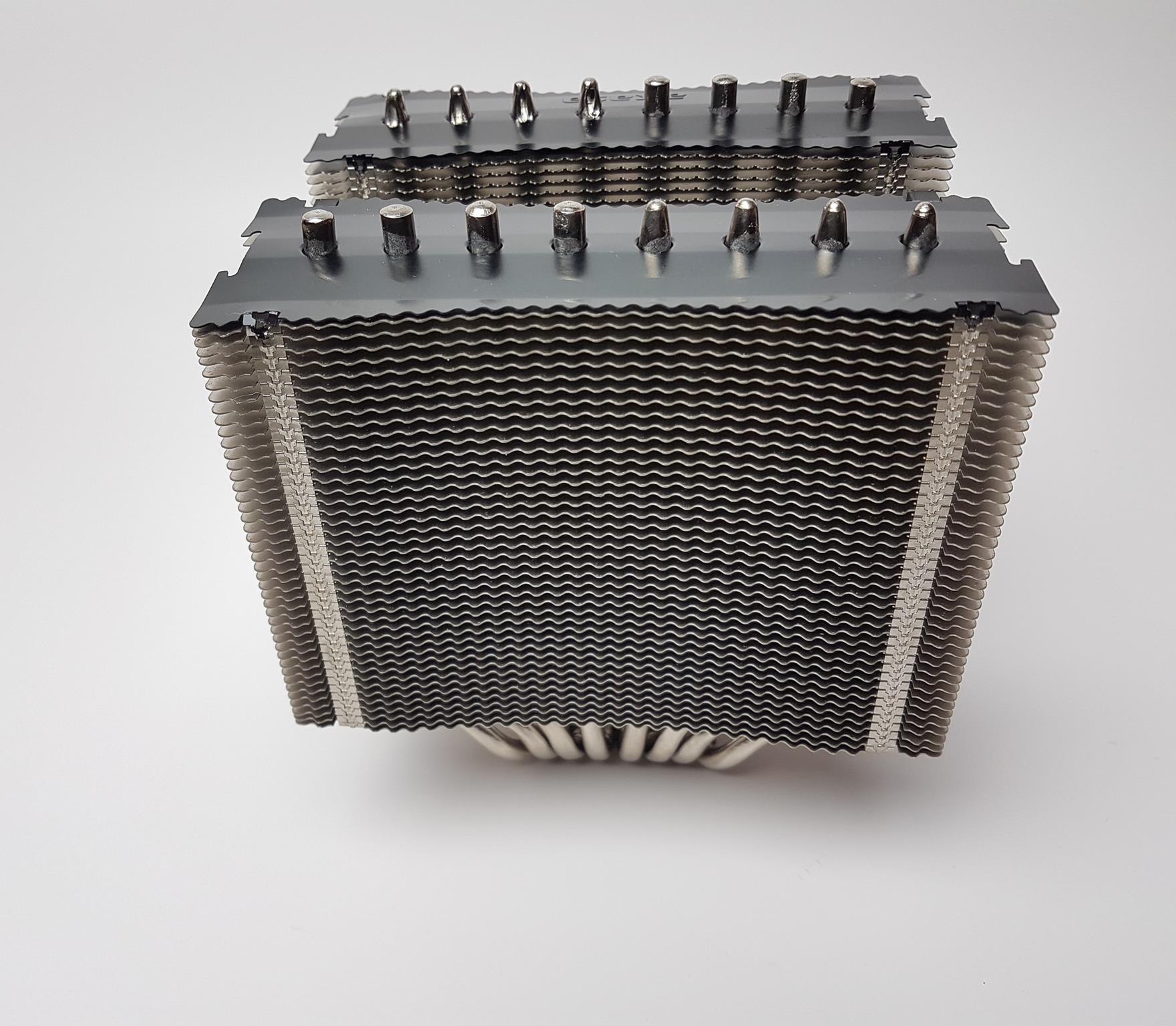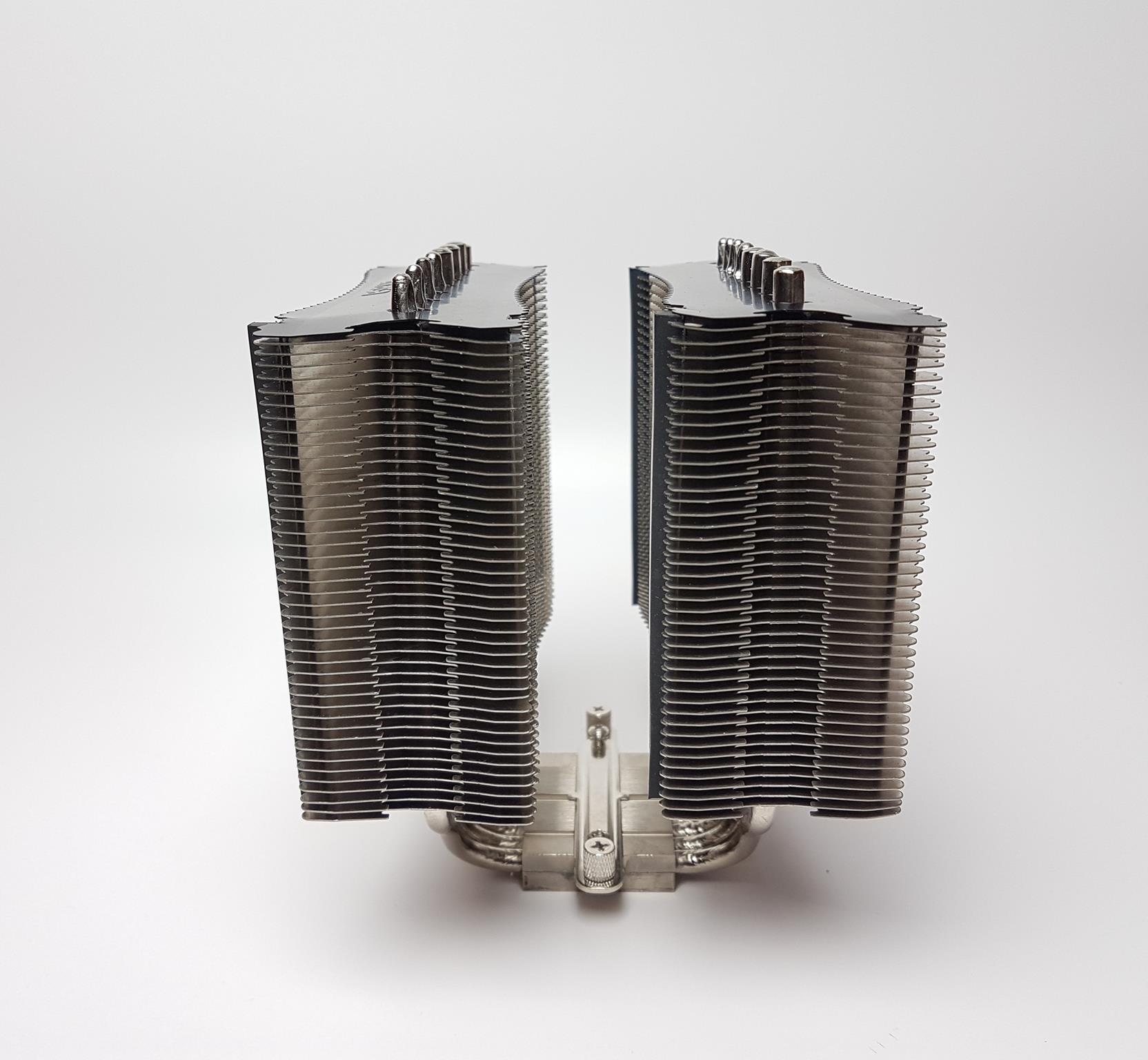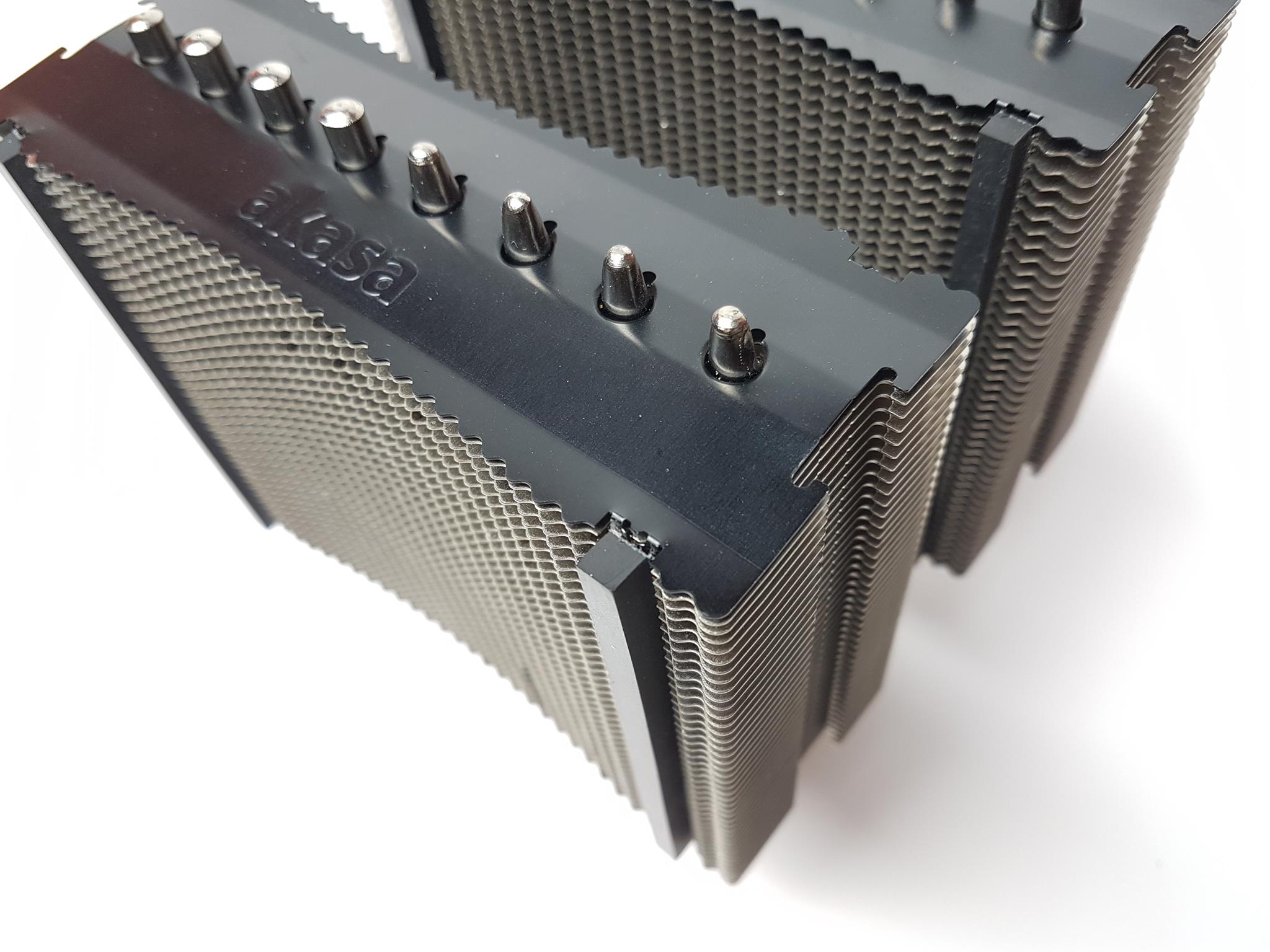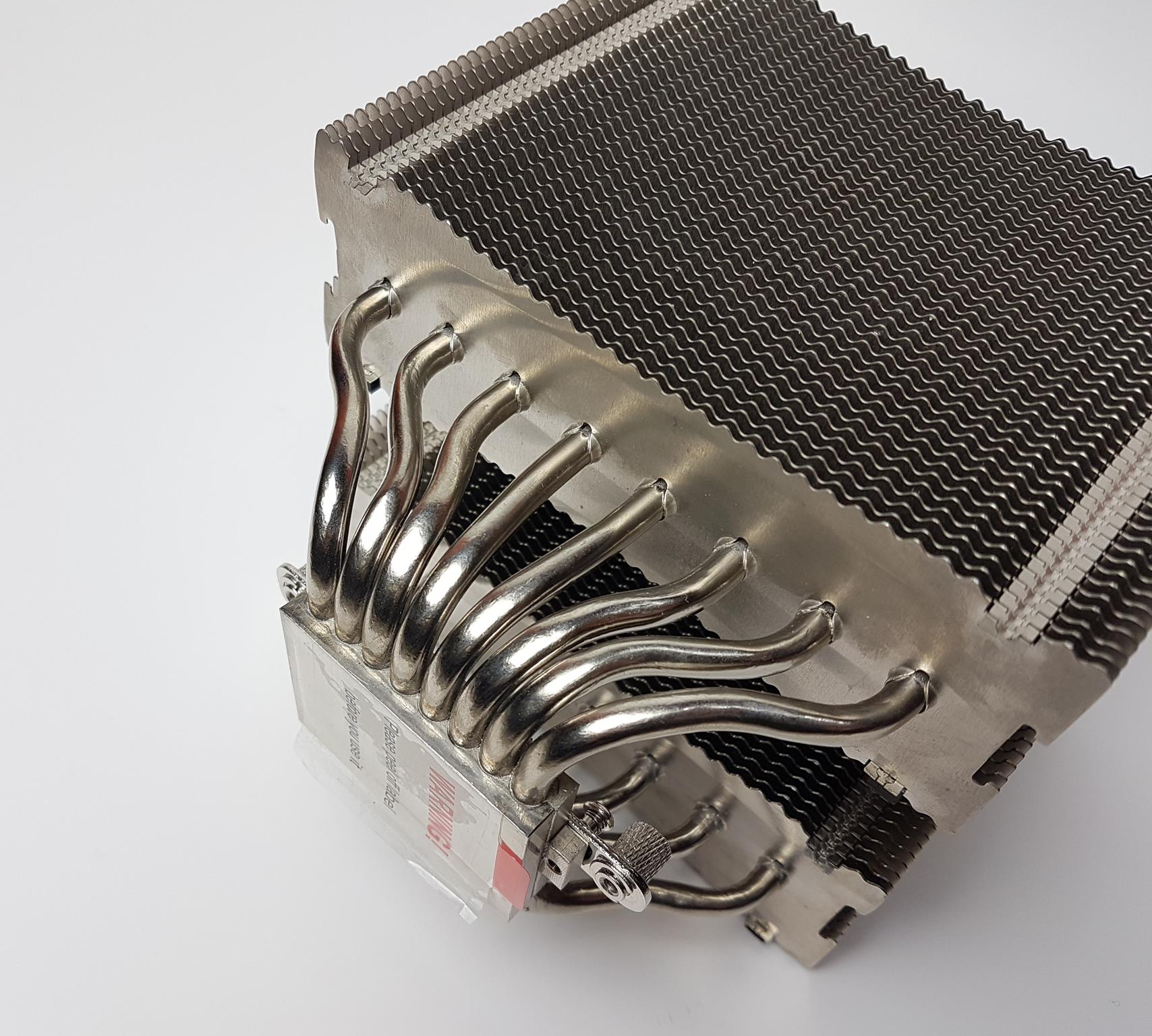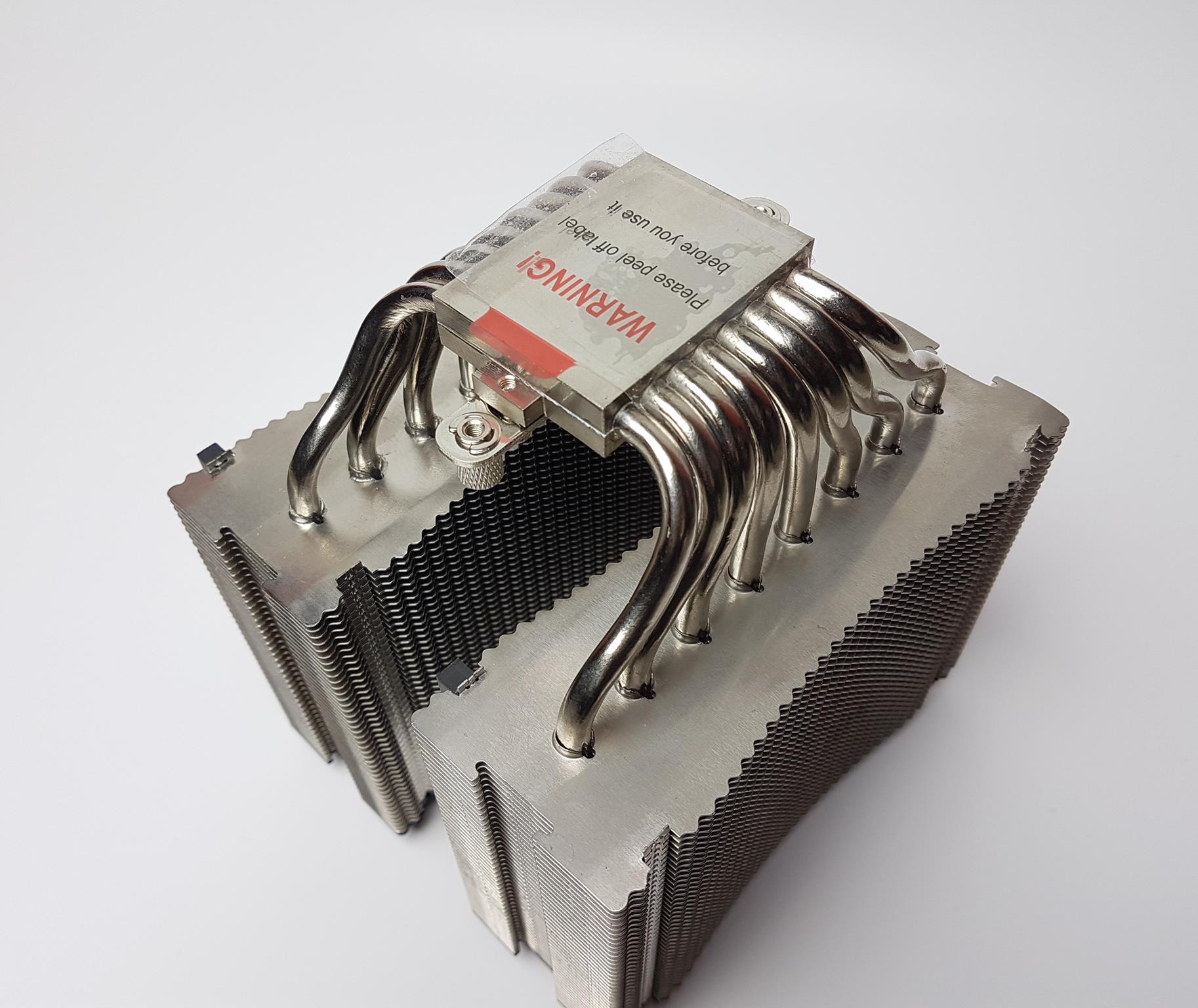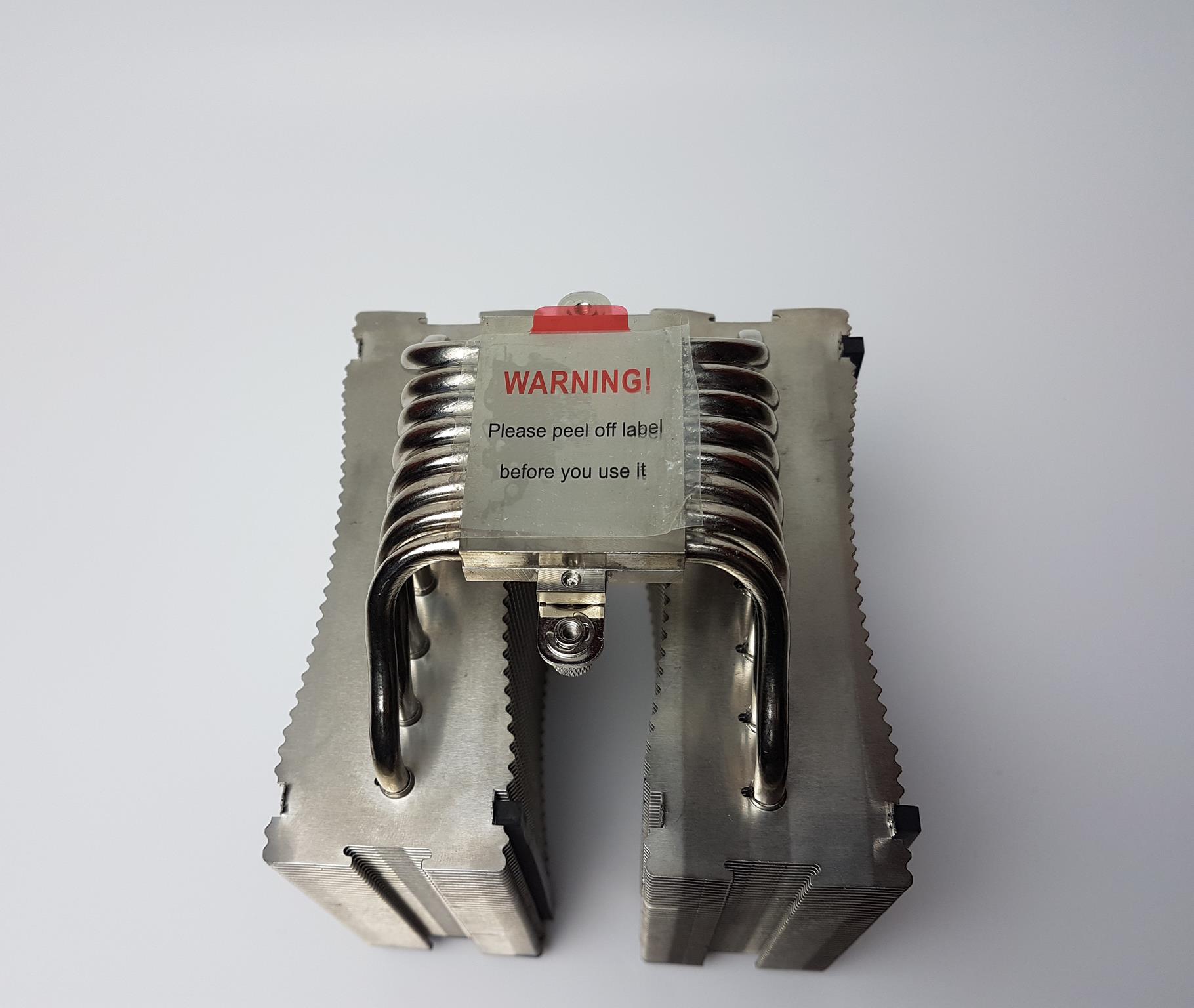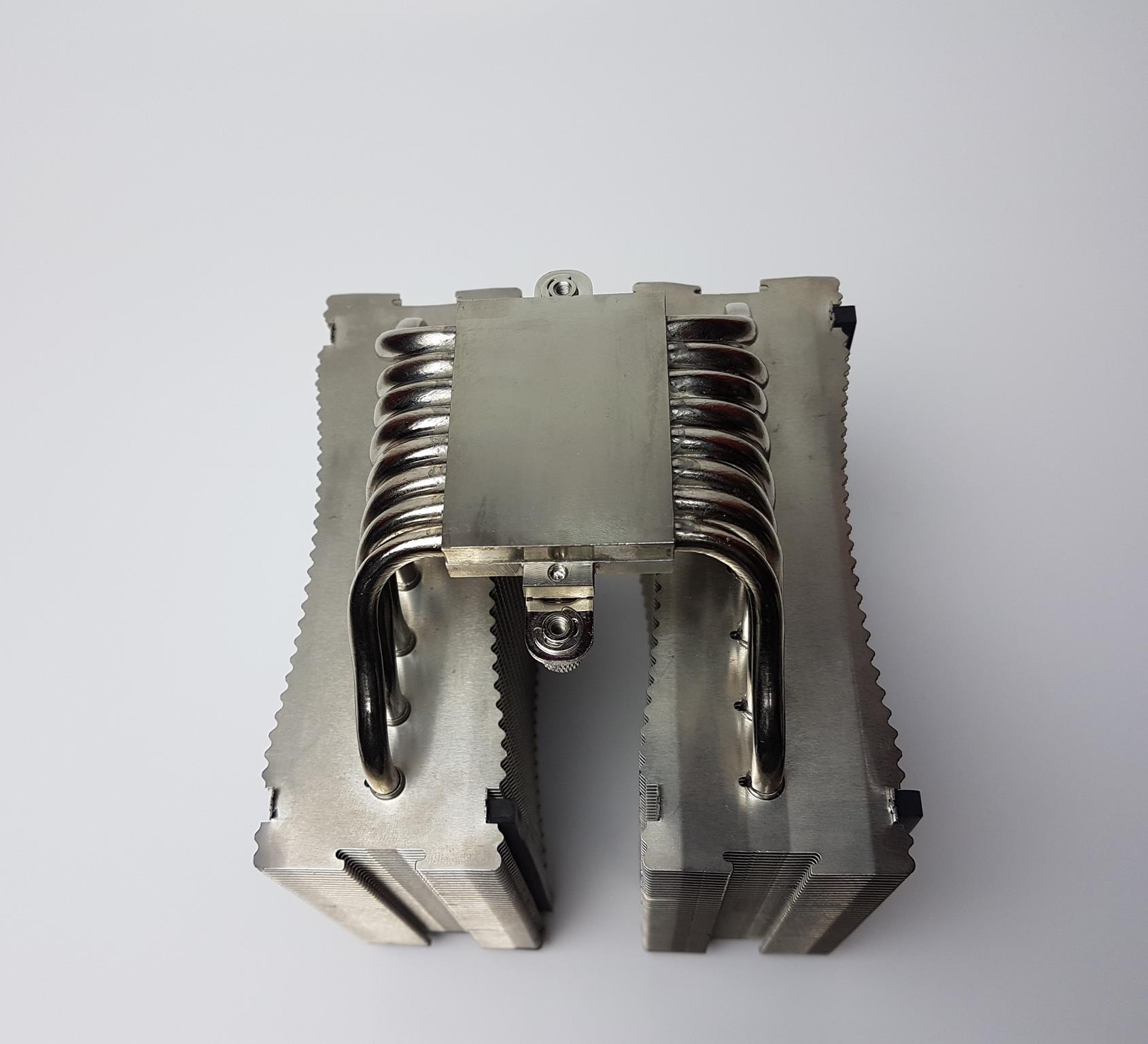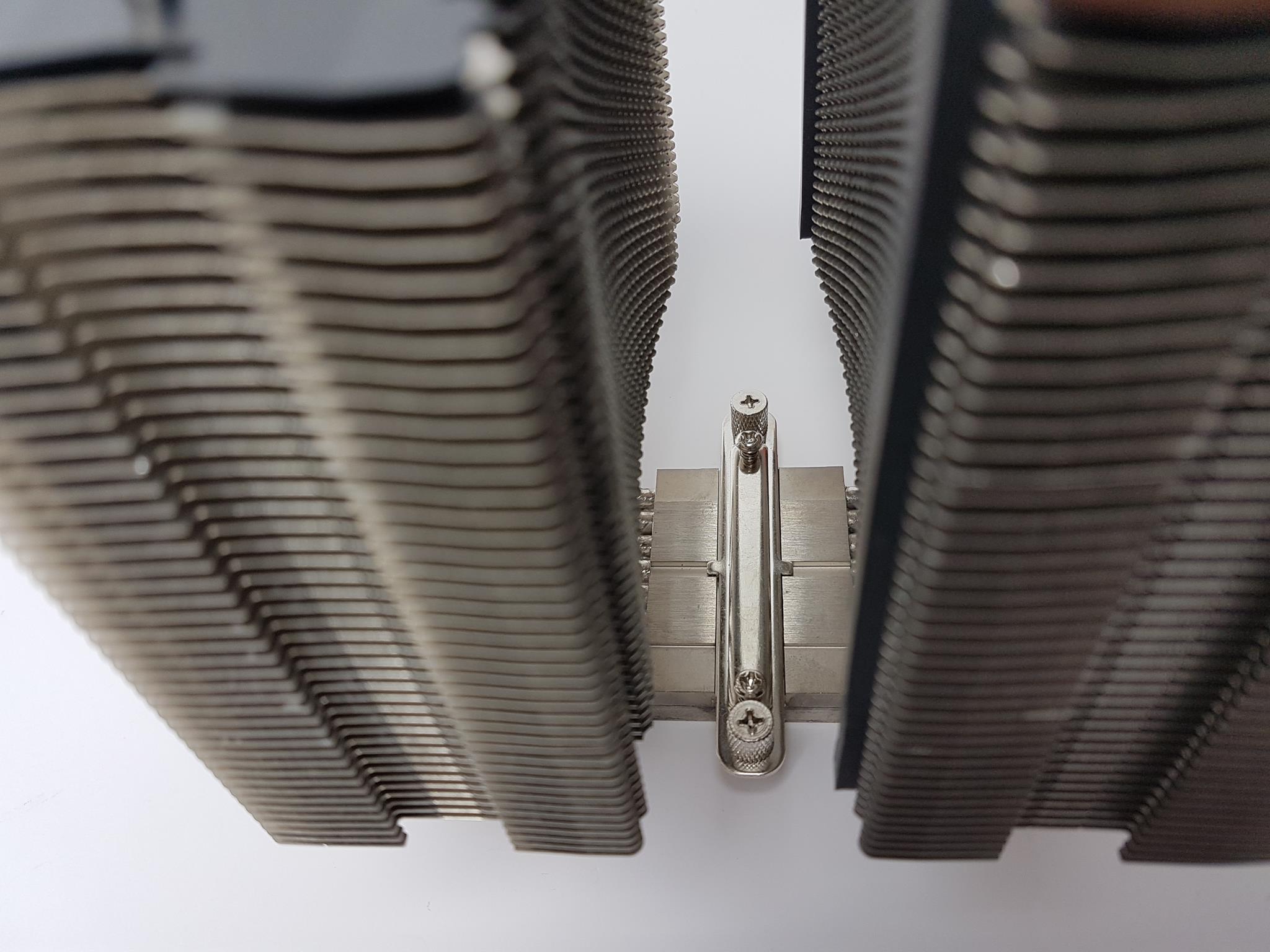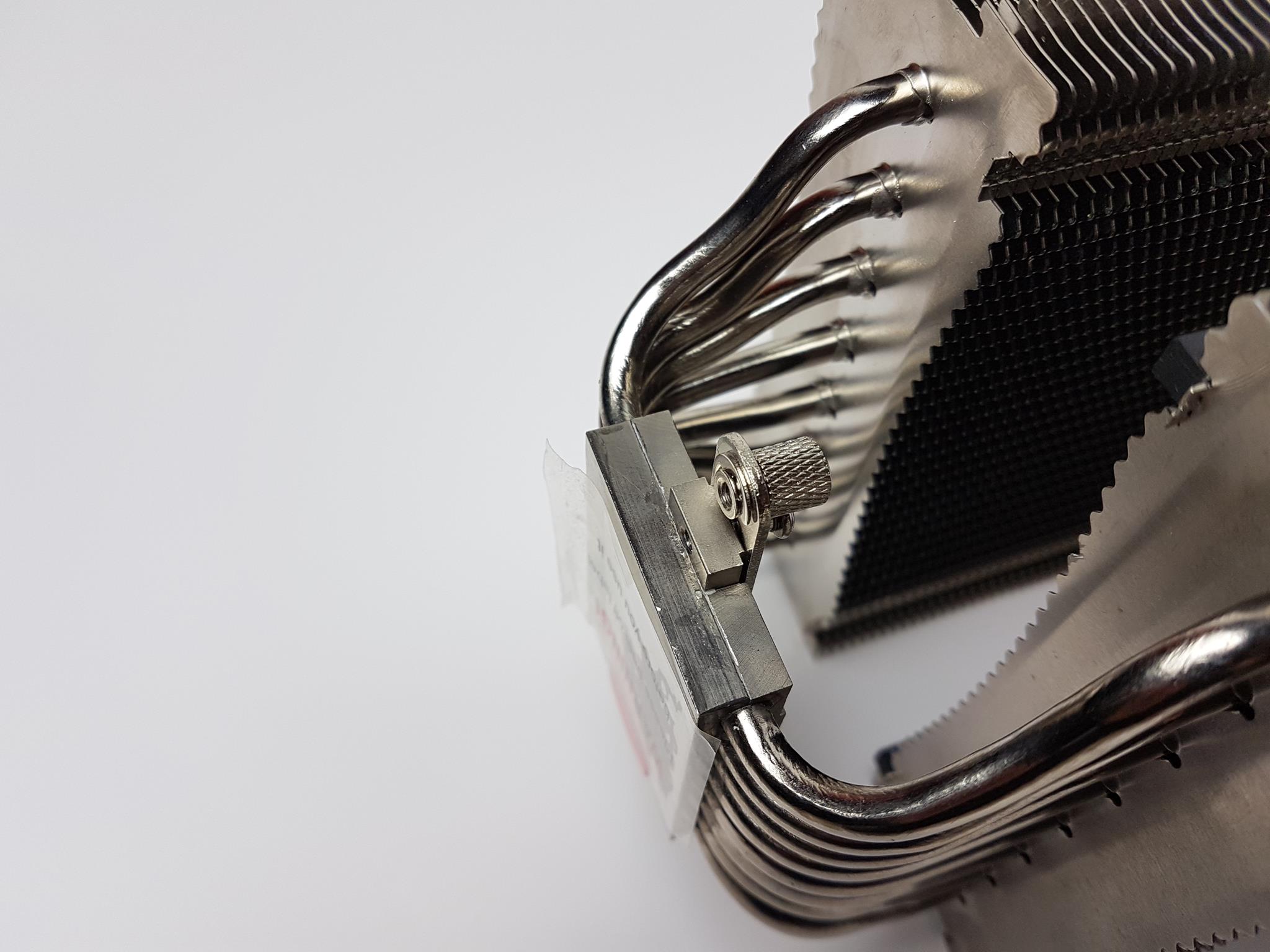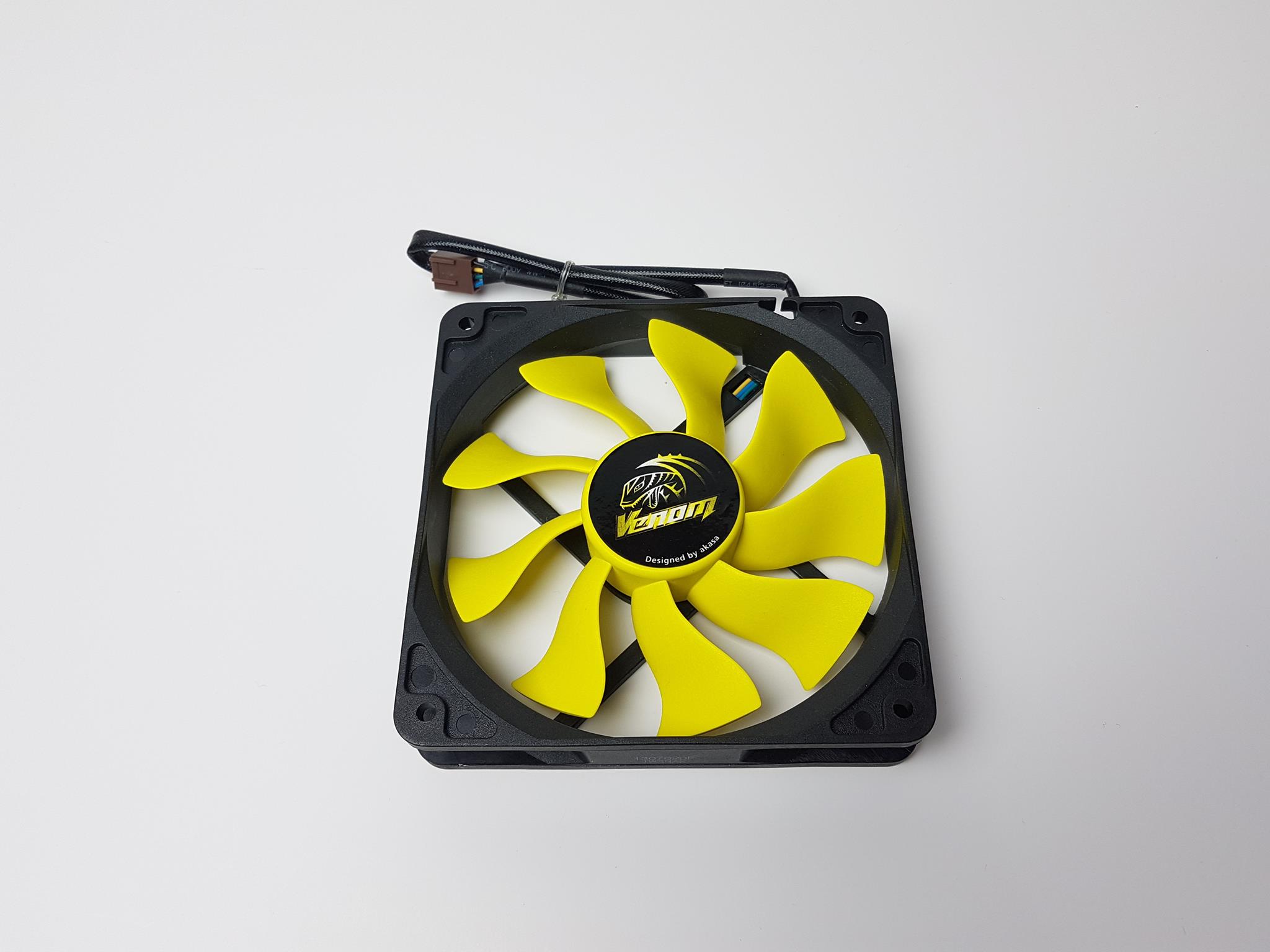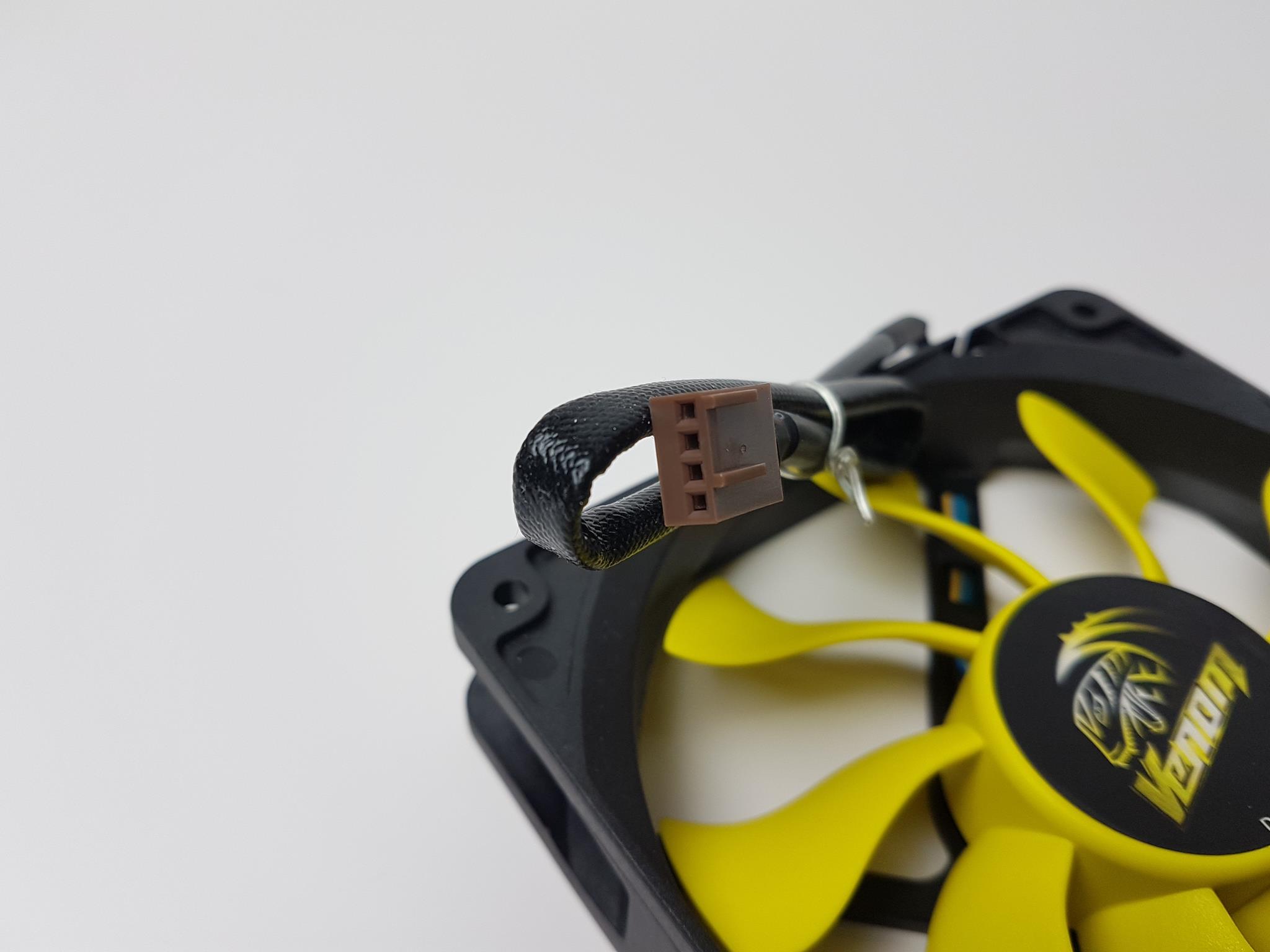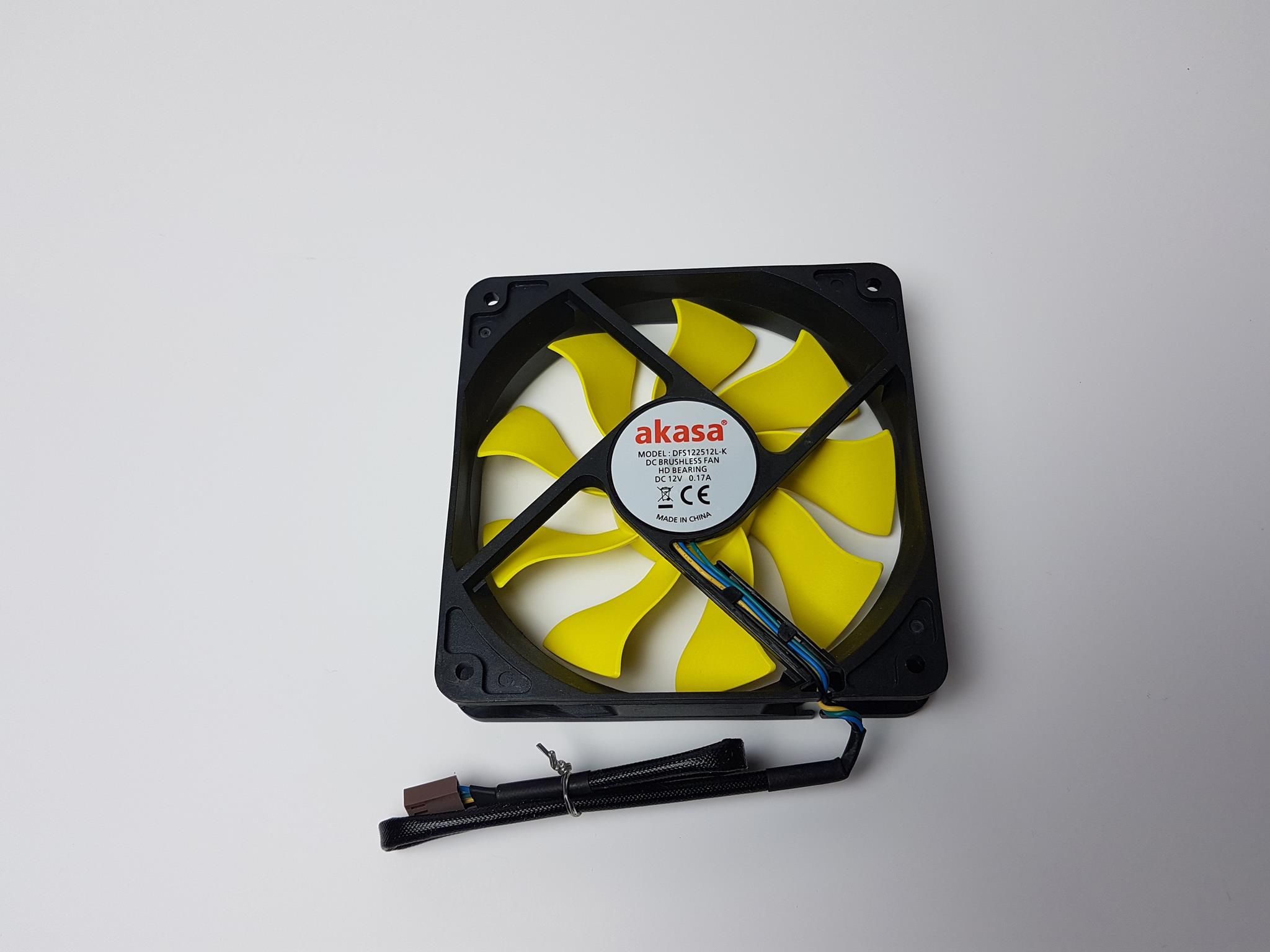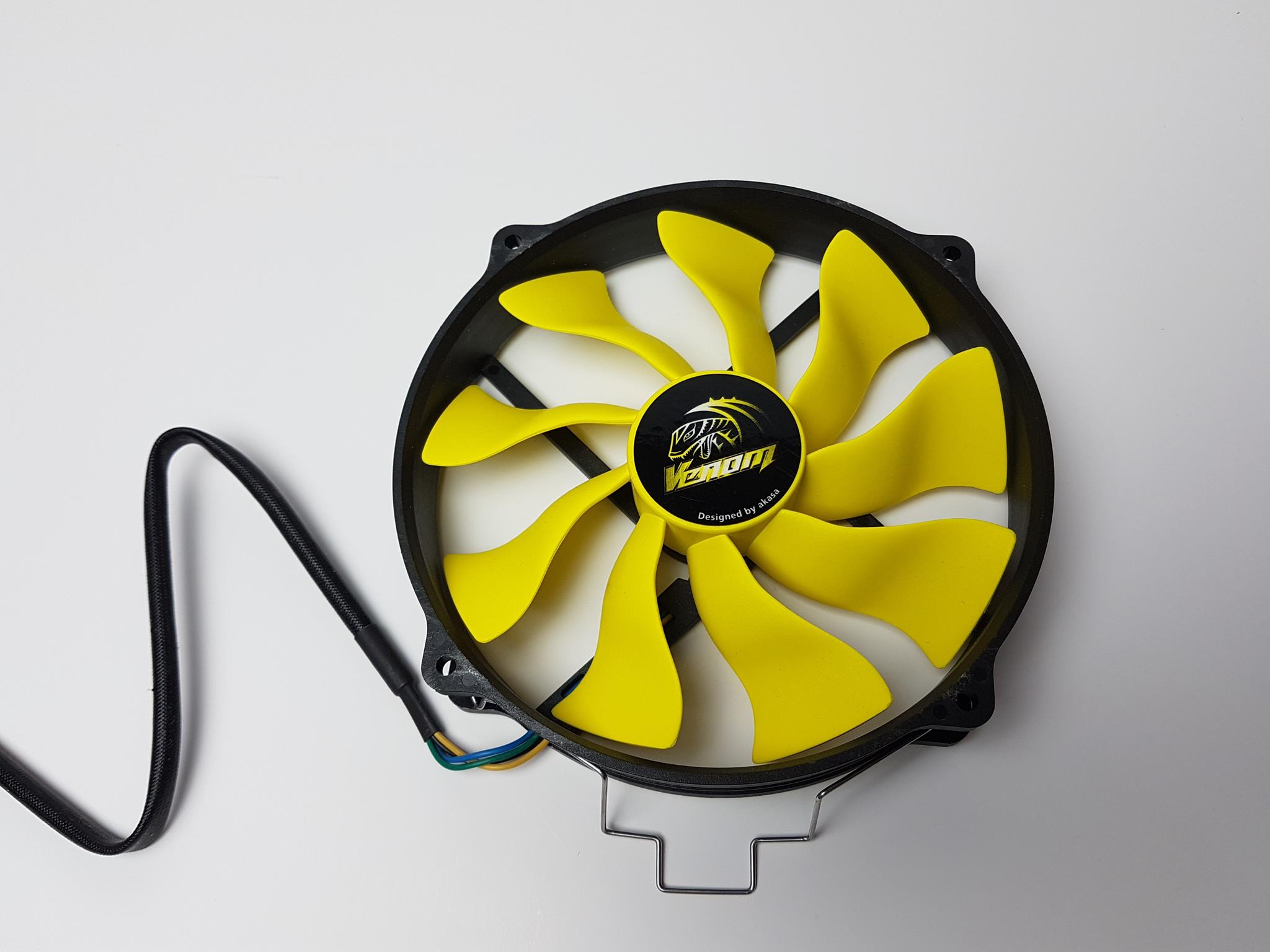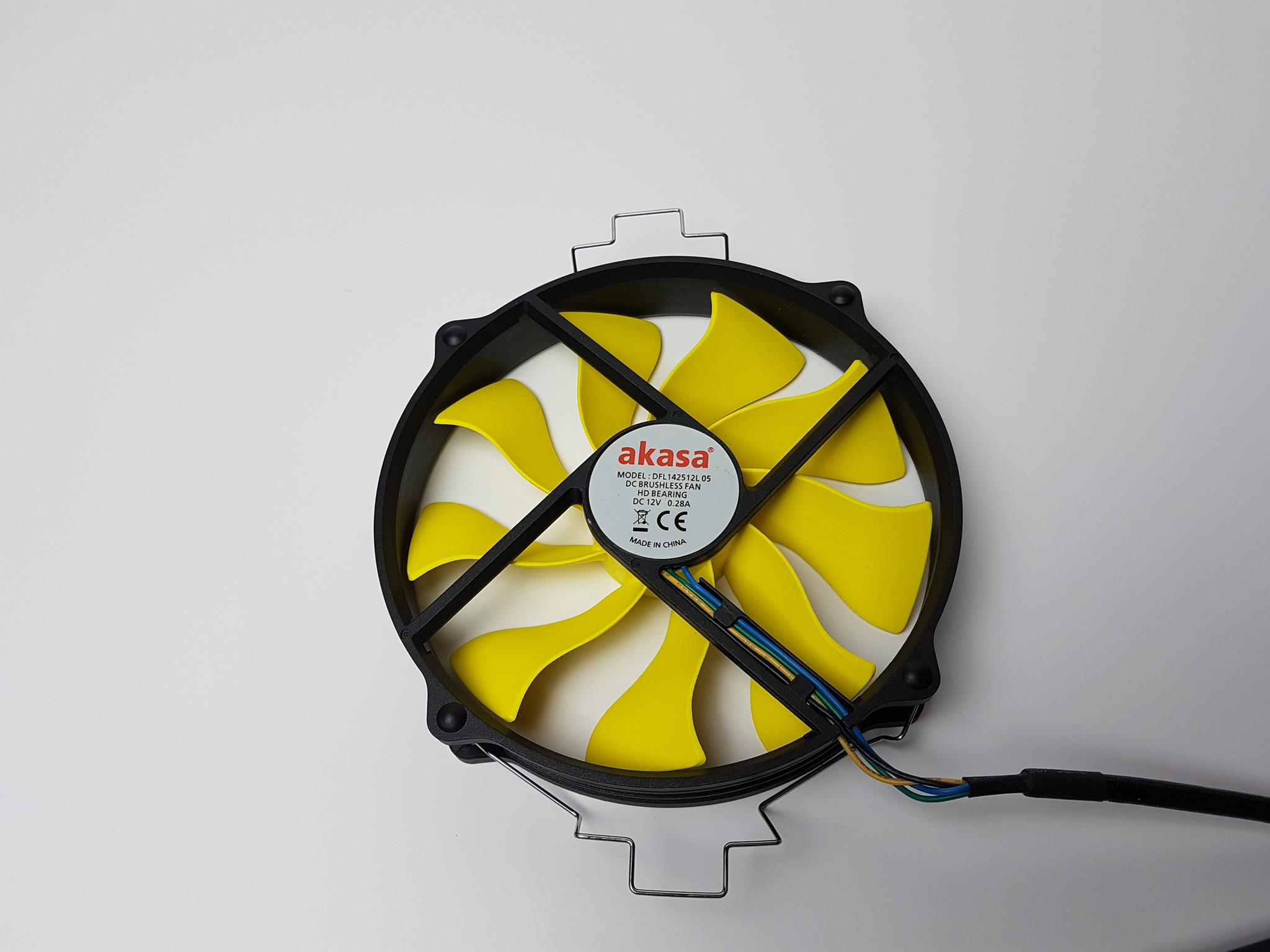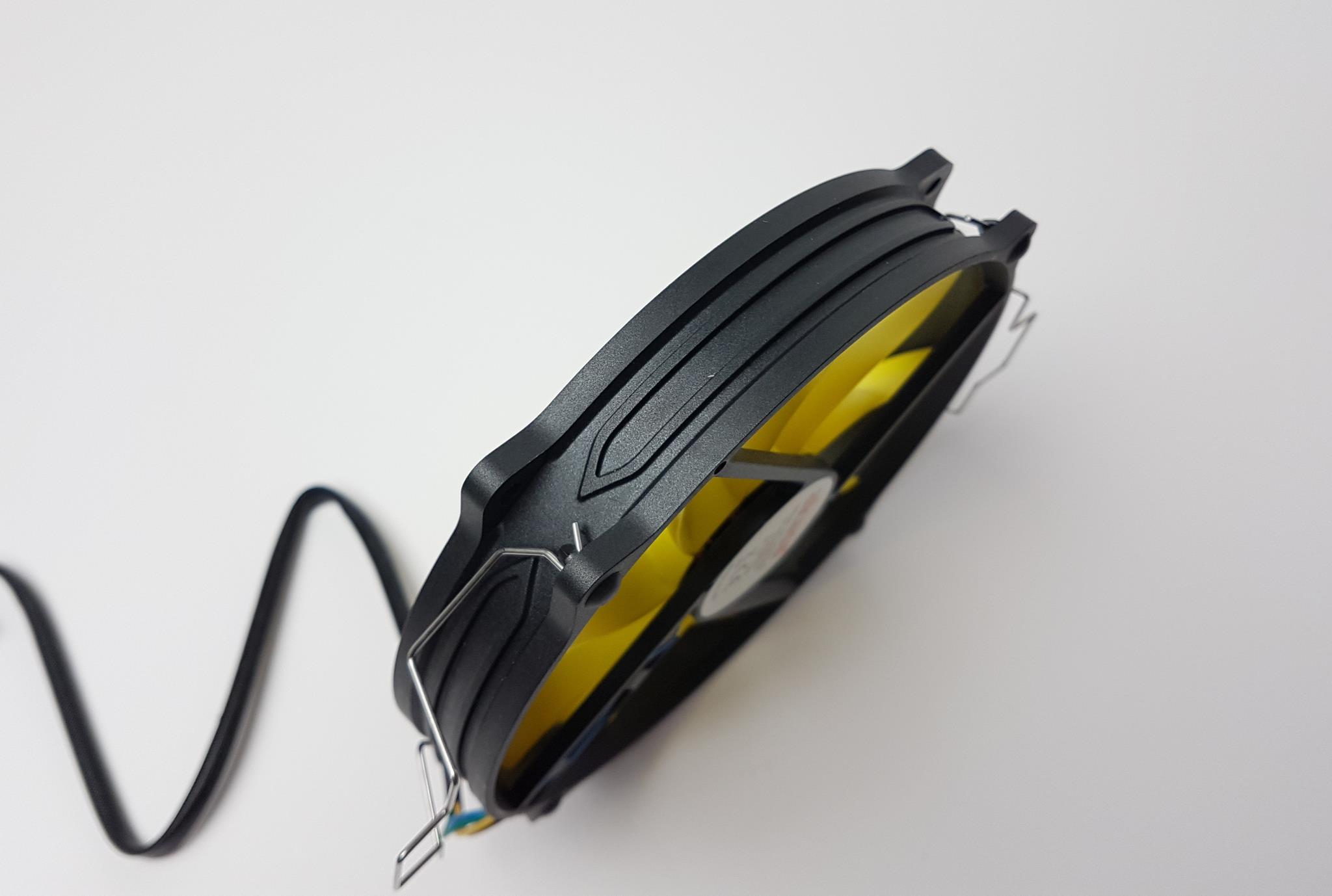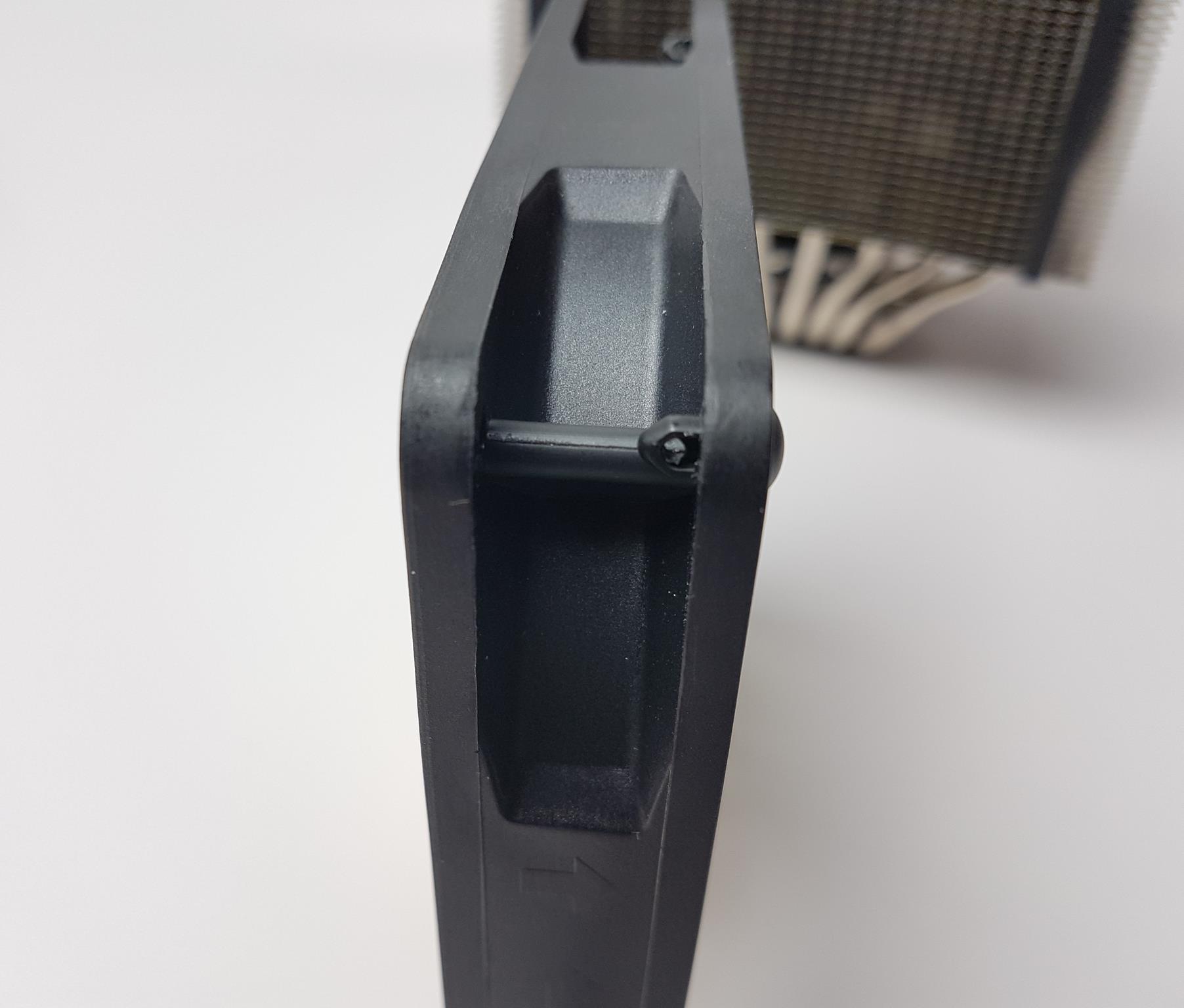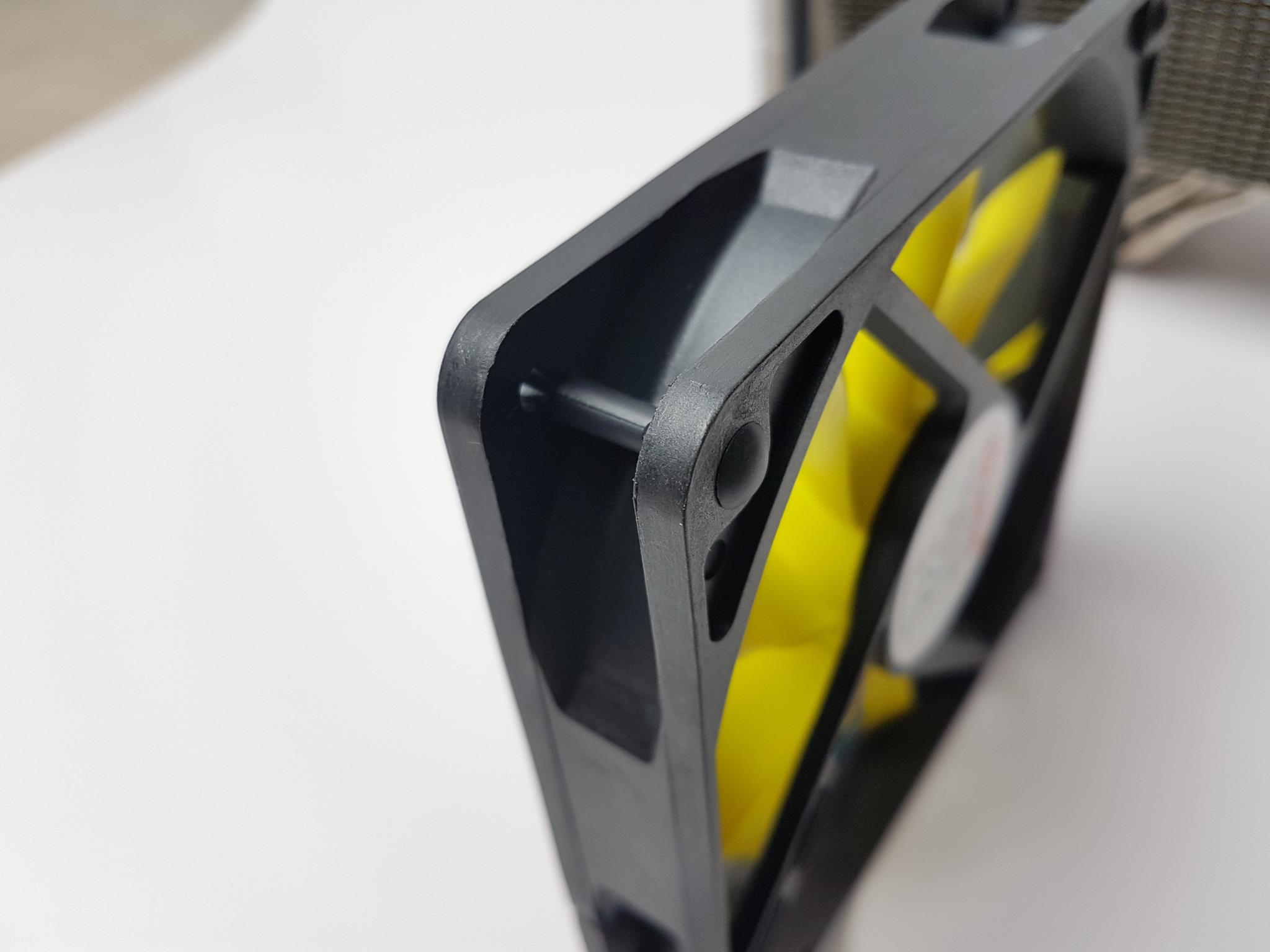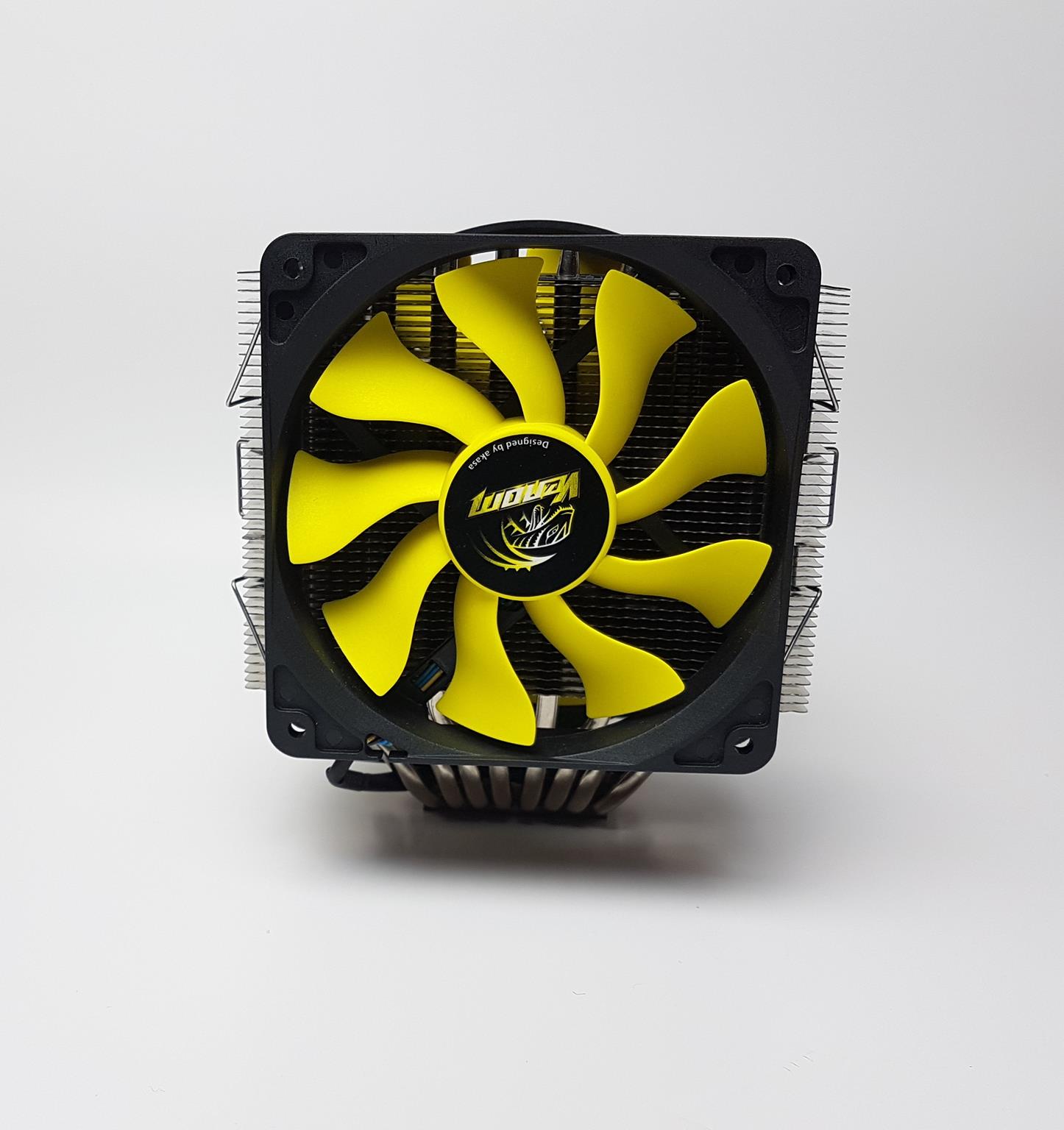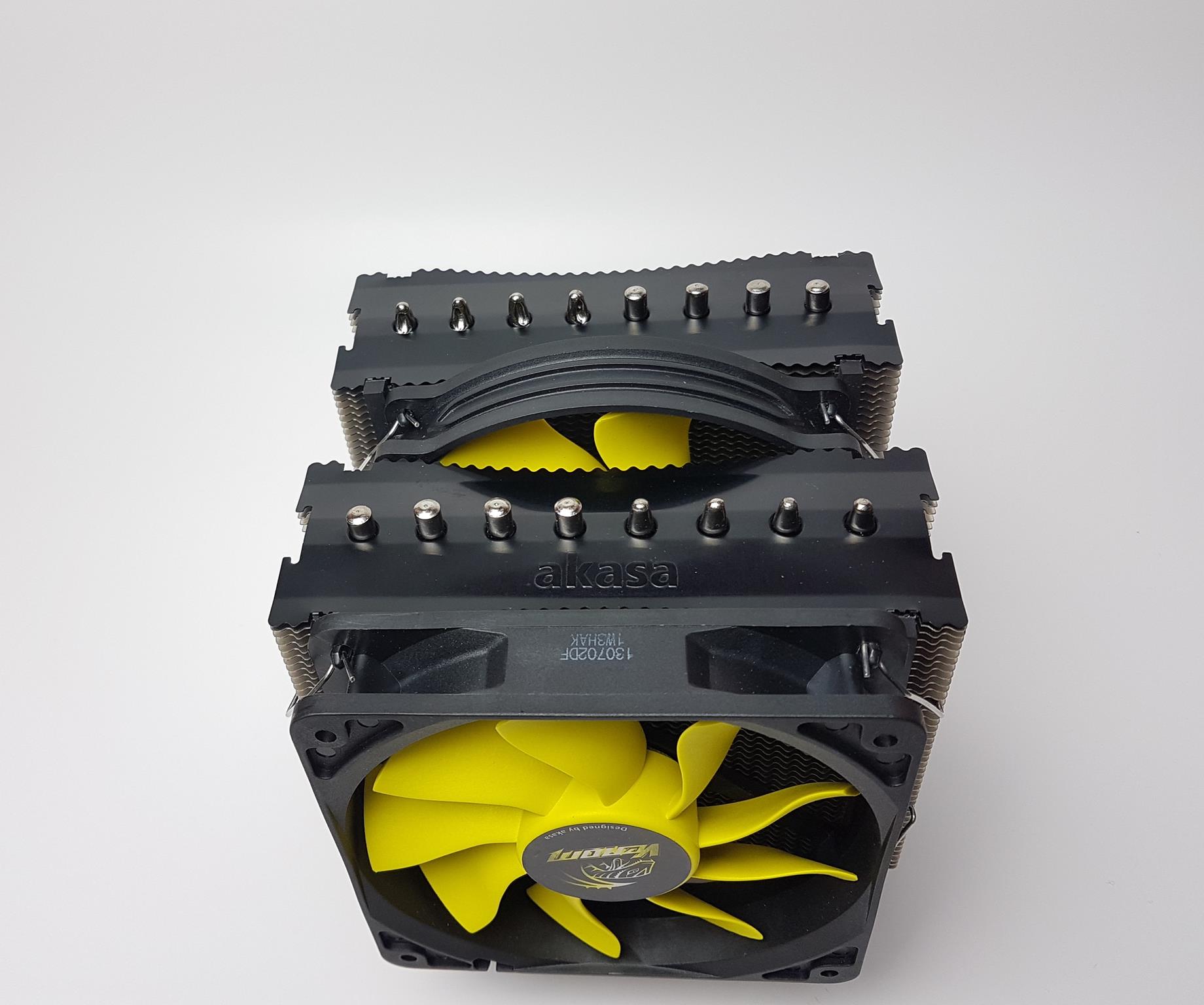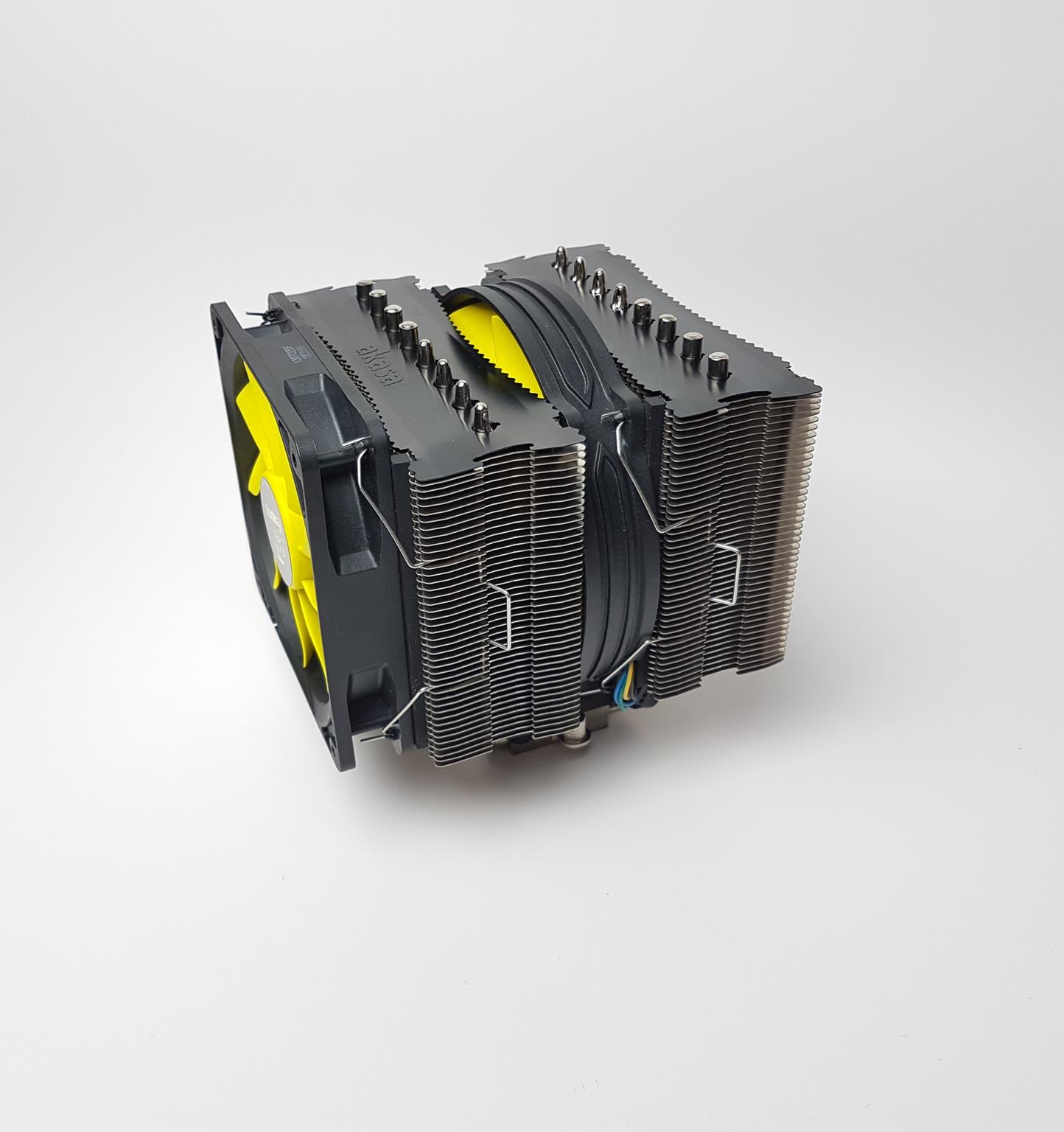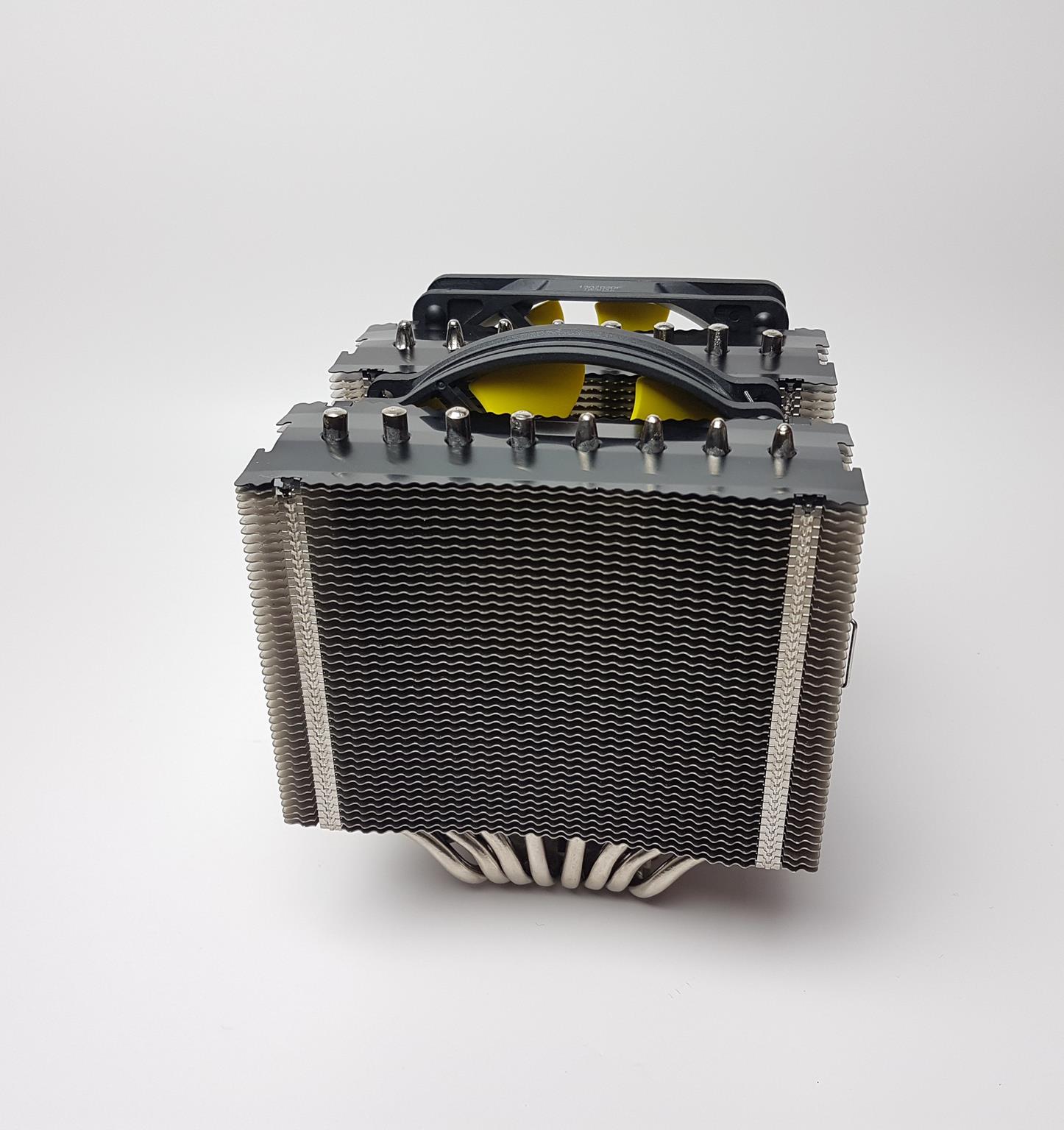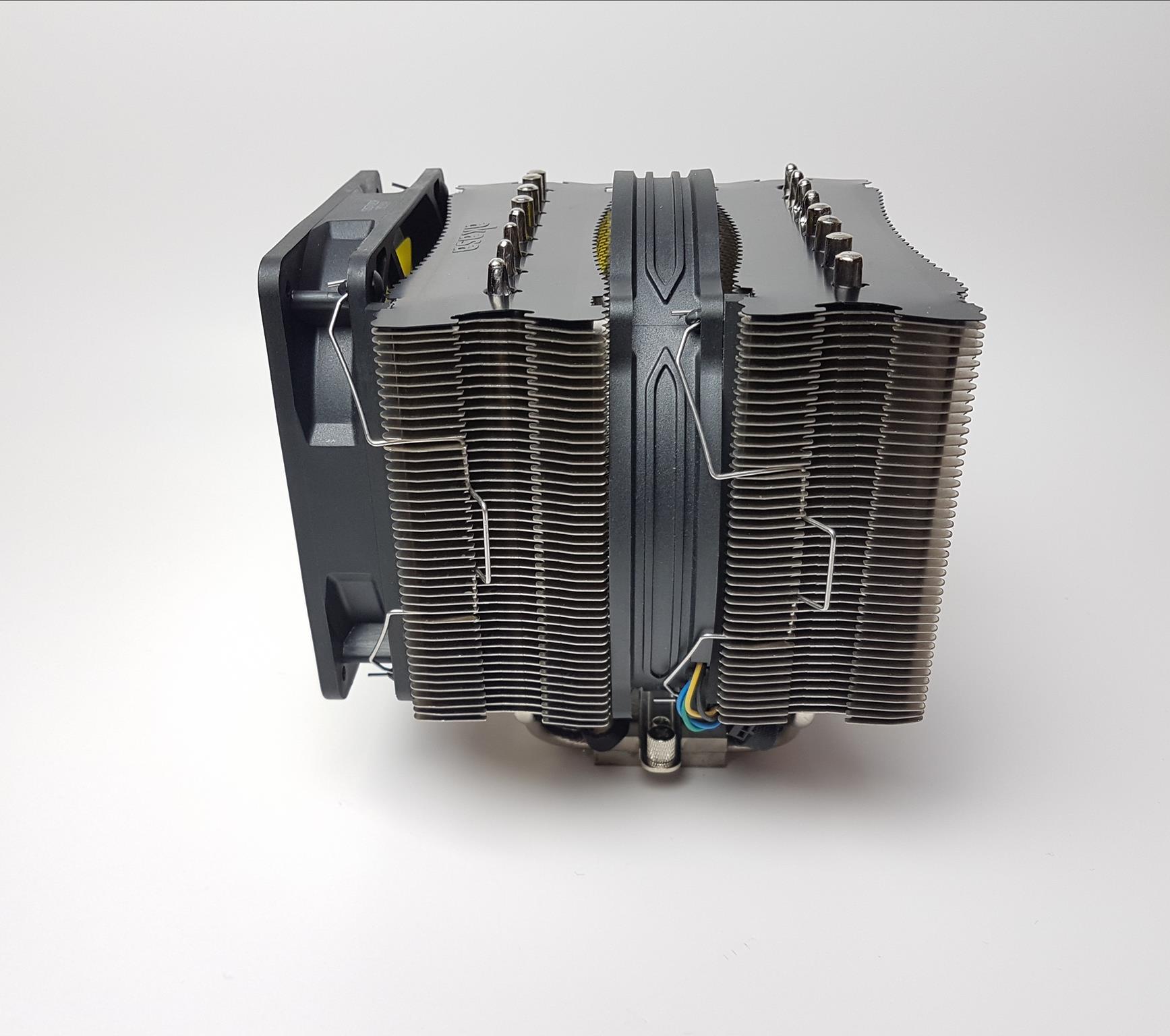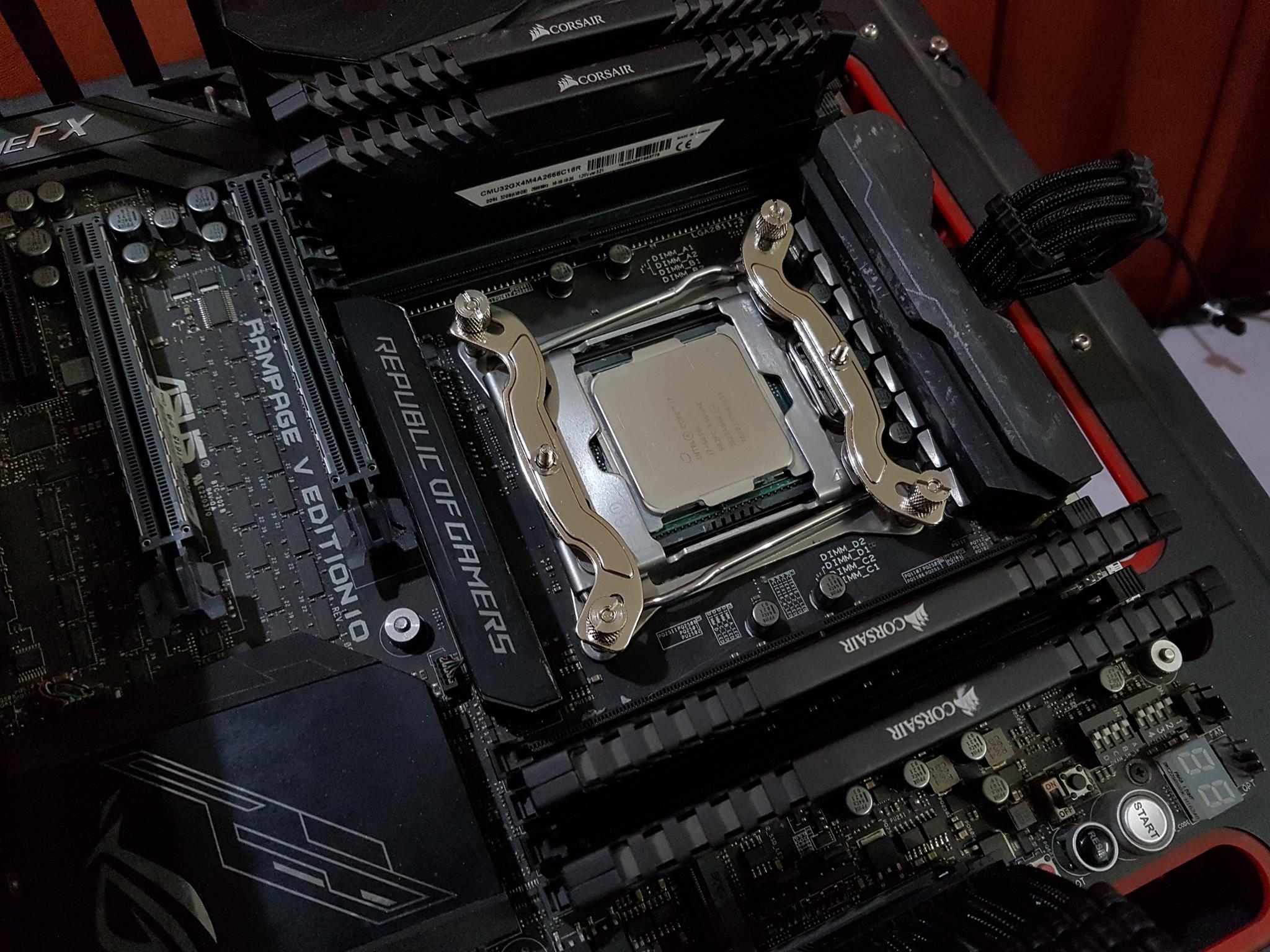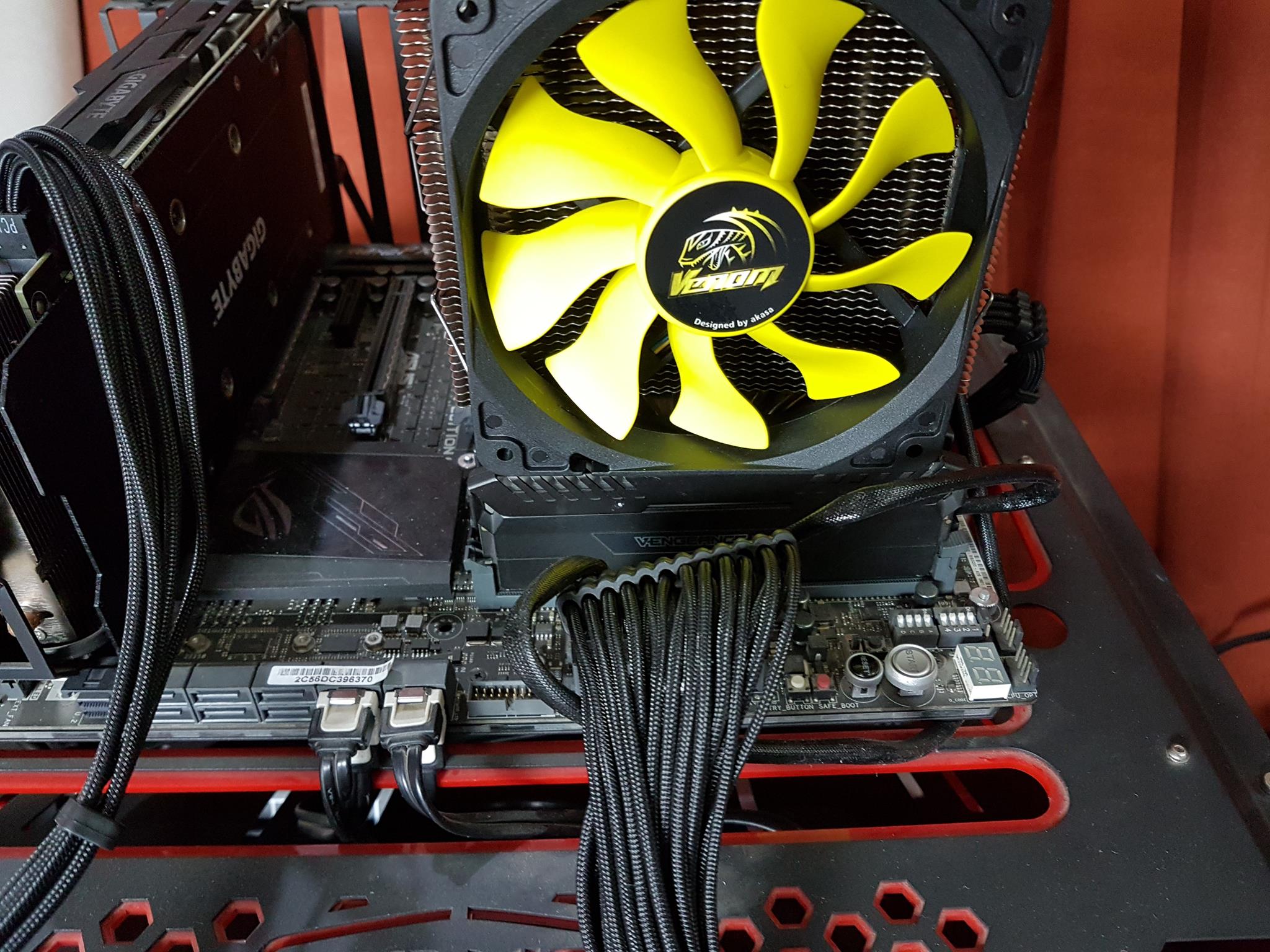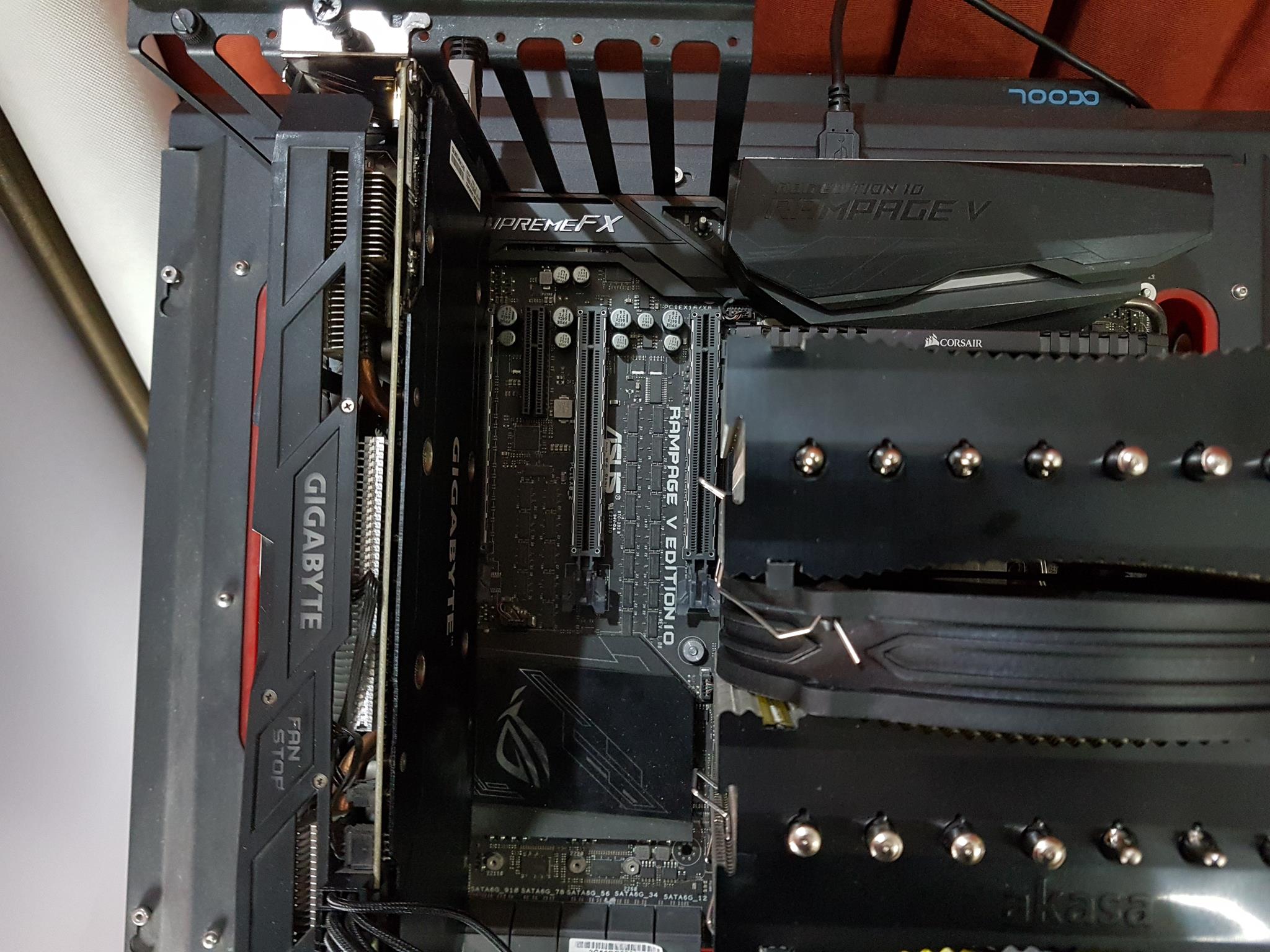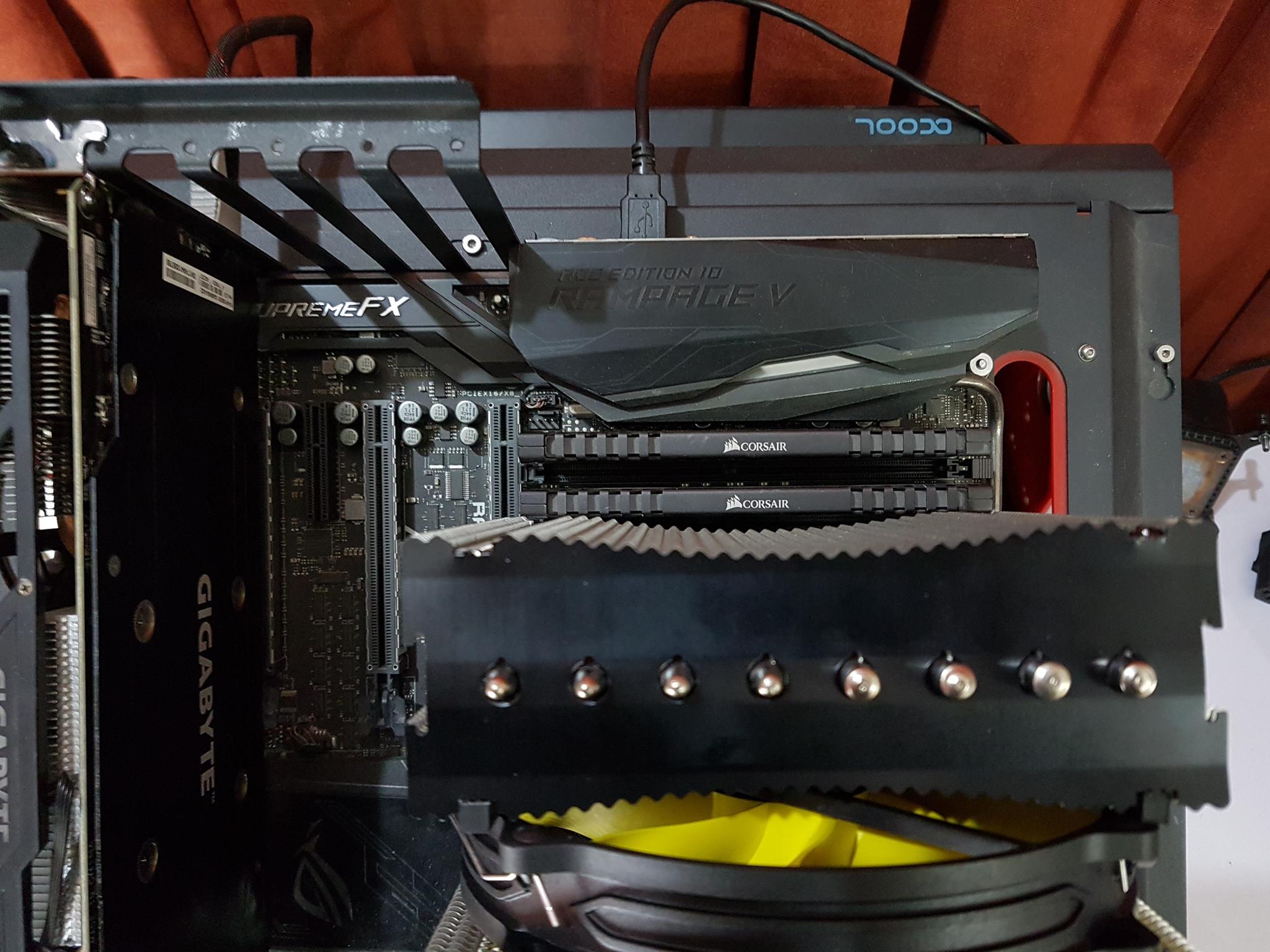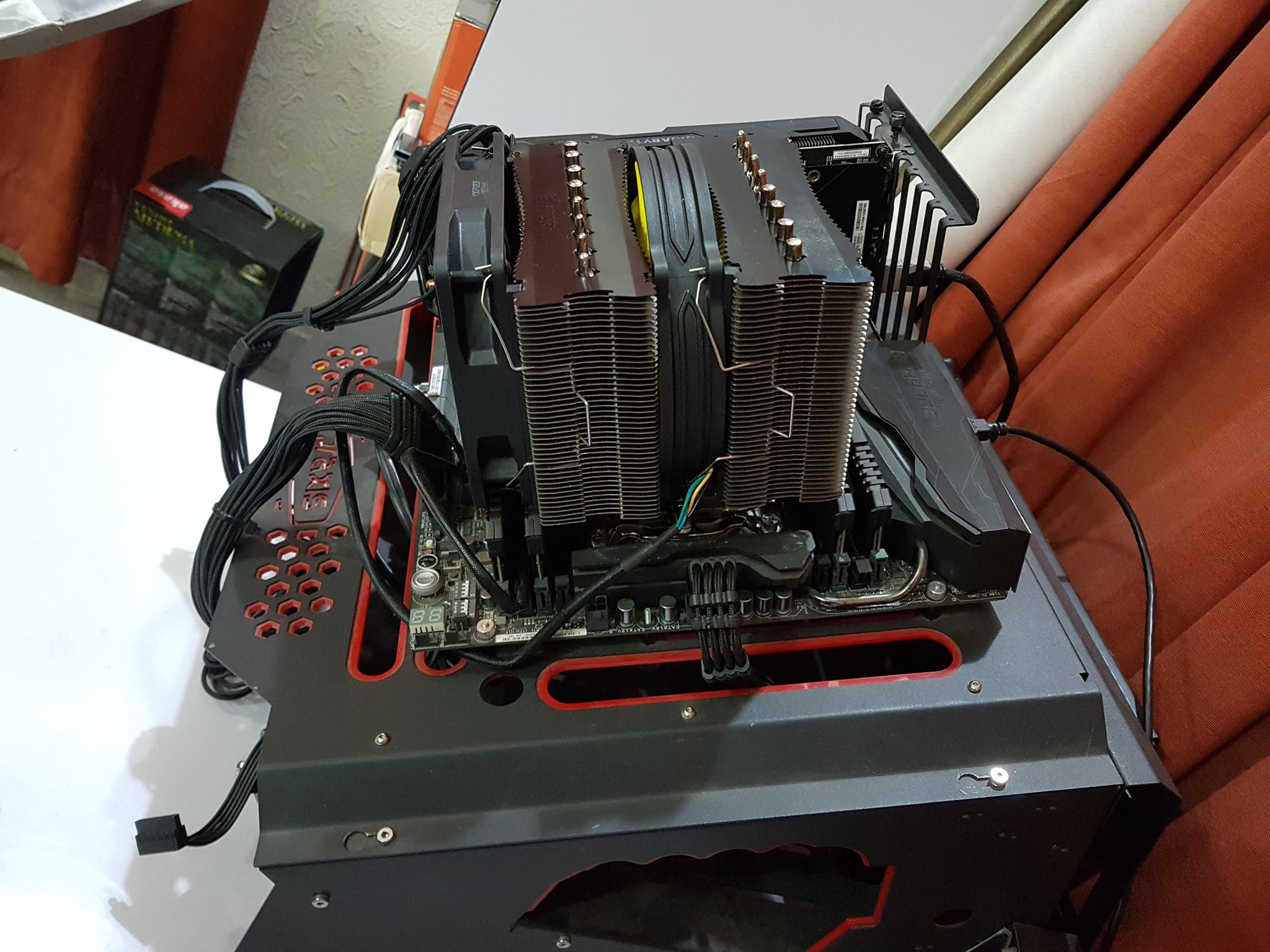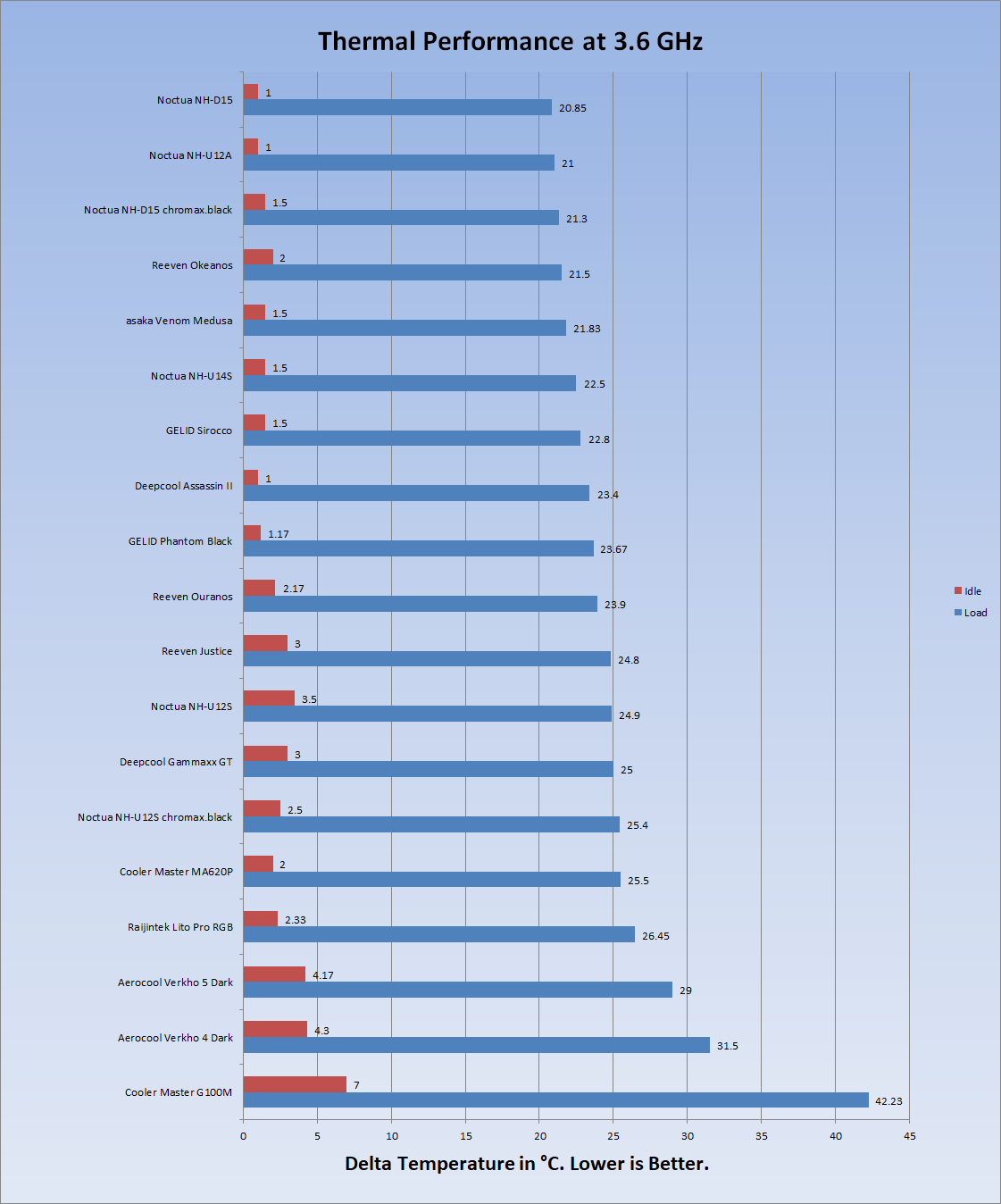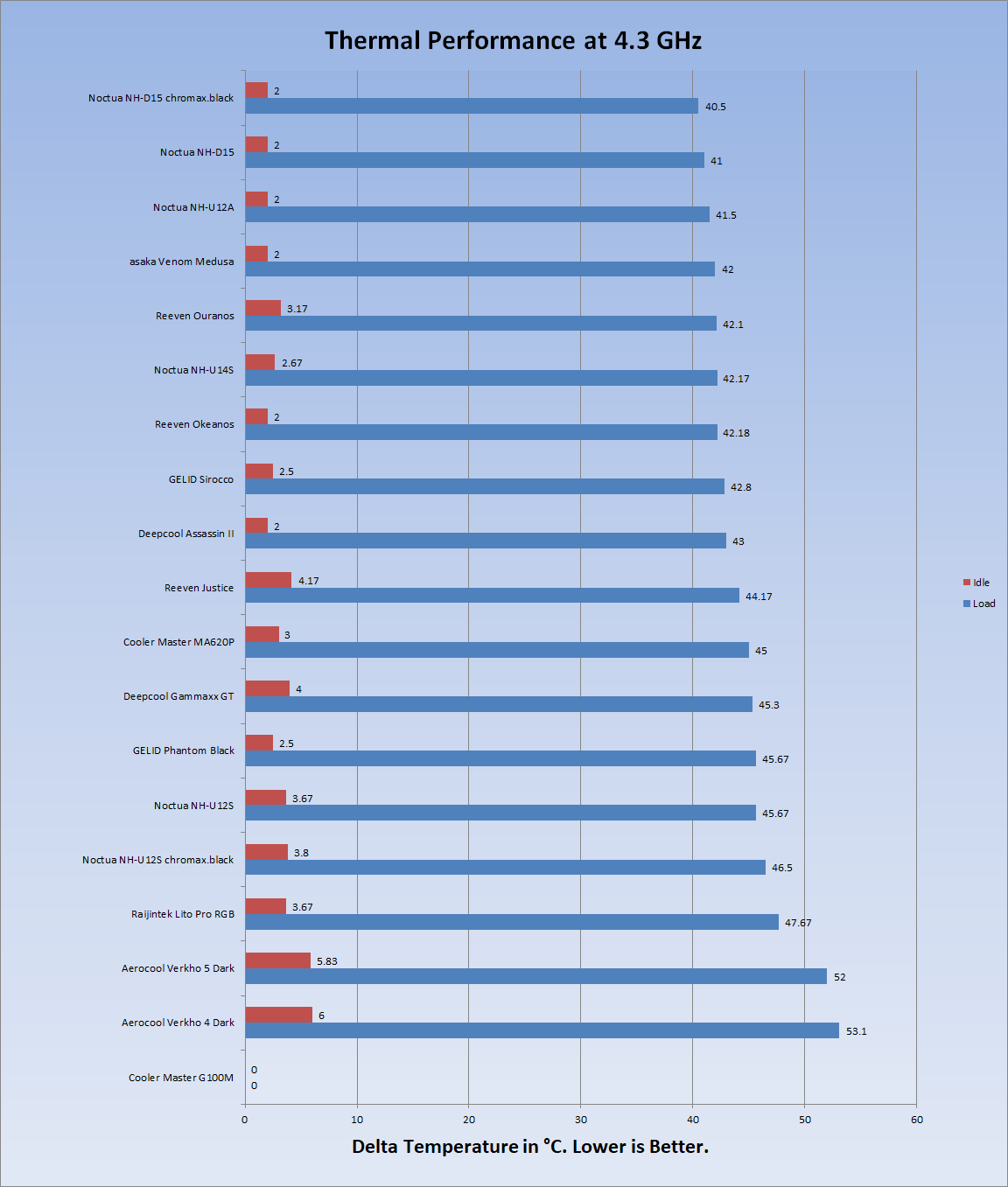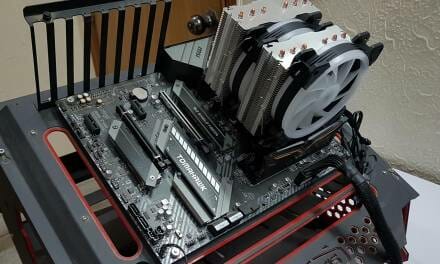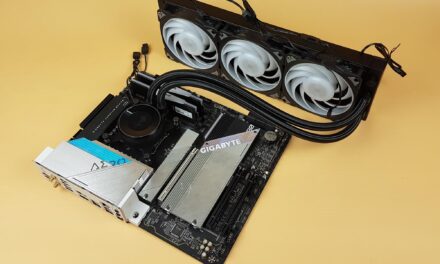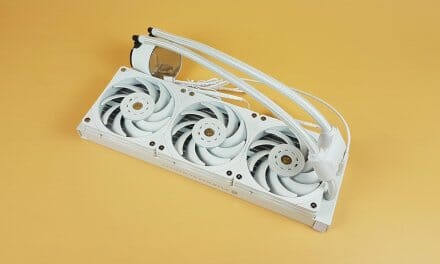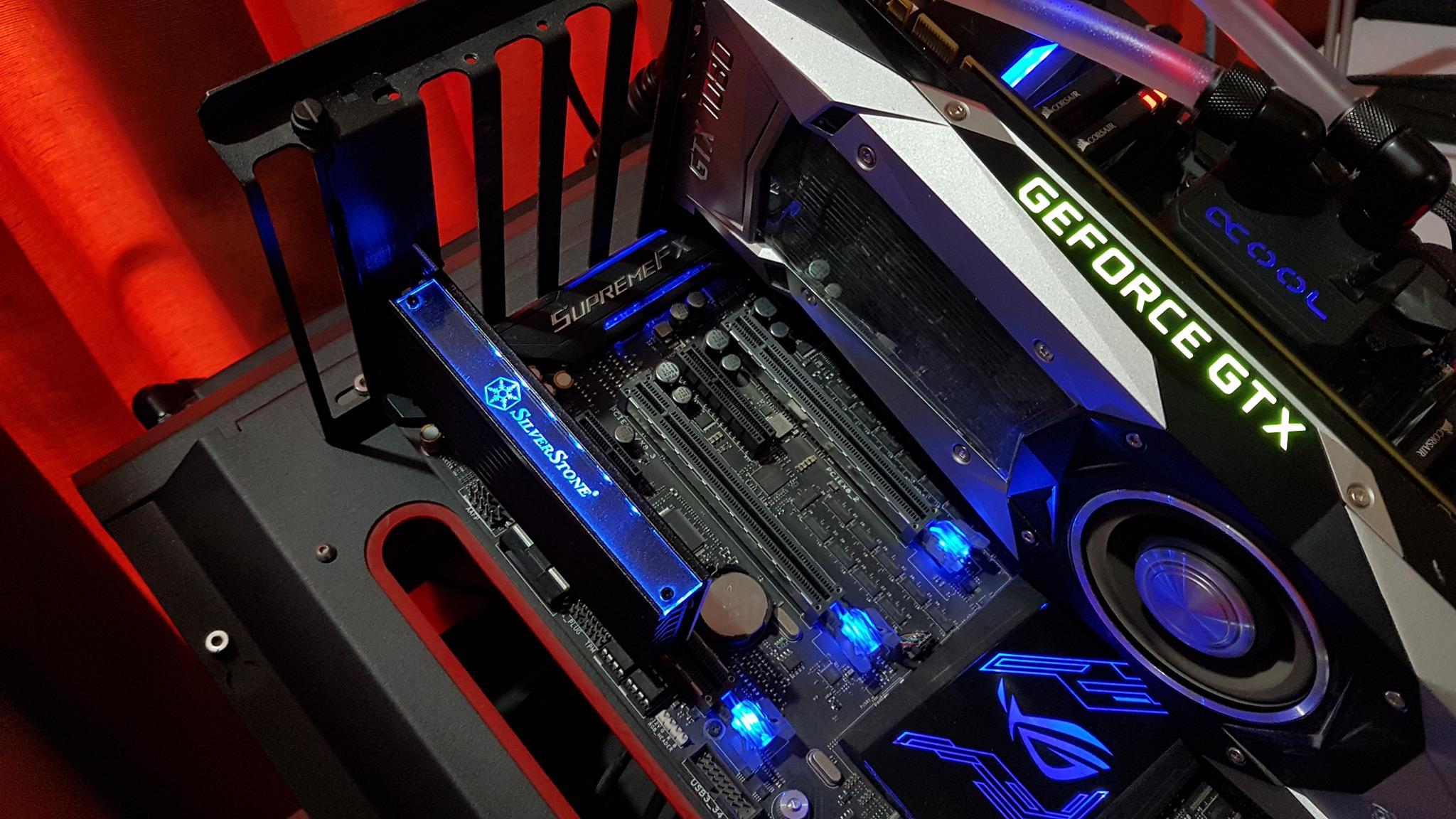
akasa Venom Medusa CPU Air Cooler Review
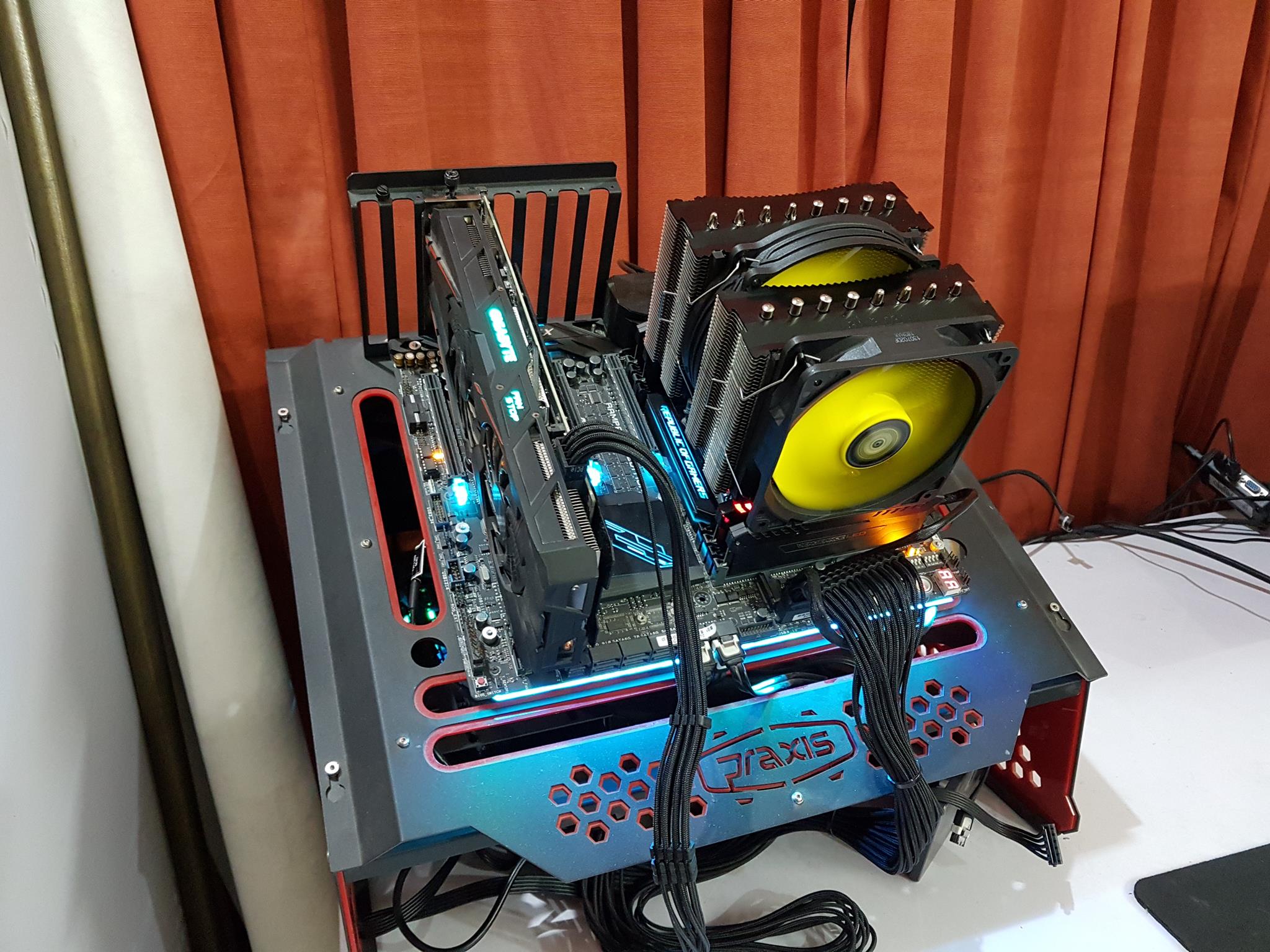
Introduction
In case you have not heard of a brand akasa, here is a bit of an introduction to the brand. Akasa designs and manufactures a multi-range of products including CPU coolers, storage drive cooling solutions, heatsinks, fans, and PSUs in addition to the plethora of accessories including card readers, cables, external enclosures, notebook coolers. Their design and development facilities are located in Europe, Hong Kong, and Taiwan with a manufacturing facility located in China. Akasa is a leading supplier of thermal solutions to the global electronics industry: PC, IPC, electronic manufacturing and contract manufacturing.
Akasa has sent us their premium high-end CPU air cooler named Venom Medusa for the review. The very name Medusa needs no introduction as it has roots in Greek Mythology where Medusa was a female figure with venomous snakes on the head who would turn any person into stone if gazed upon her. The akasa Venom Medusa is a dual-tower CPU air cooler bundled with a 120mm and a 145mm Viper fans. The use of 120mm gives the behemoth cooler a better clearance for RAM. Each tower has 8 nickel-coated copper heat pipes. The base of the cooler is made of copper finished in nickel coating. The akasa Venom Medusa is compatible with Intel sockets LGA20XX/115X/1366/775 and AMD sockets FM1, FM2, FM2+, AM2, AM2+, AM3, AM3+, and AM4.
Product: Venom Medusa AK-CC4010HP01
Manufacturer: akasa
Price: 84.95 USD on Performance-PCs
Prices are taken at the time of the review.
Specifications
Packing and Unboxing
The product is shipped inside a cardboard box.
Akasa brand logo is printed on the top. VENOM MEDUSA is printed on the left side. There is a picture of the cooler showing its top. Salient features like 8 high capacity heat pipes, S-Flow Viper fans for 30% more airflow, and intelligent synced PWM fans are printed at the bottom.
Features and content of the cooler are printed in 6 different languages. The specification of the cooler is printed in 7 languages at the bottom.
The name of the cooler and Venom brand logo is printed up top. Two labeled diagrams of the cooler are printed in the middle showing the dimension. The features of the cooler and the contents of the box are printed at the bottom. A high-end thermal paste AK-455 is included in the box. Socket compatibility is printed at the bottom. A serial number sticker is pasted on the bottom.
Two pictures of the cooler are printed here showcasing the features of the cooler.
Akasa brand logo is printed on the top side. One can see a picture of the venomous snake below the plastic handle. Venom Medusa is printed at the bottom.
Opening the box will show an accessory box and two Styrofoam pads concealing the heatsink.
The accessory box has one side open-ended and this is where the 120mm fan is tucked inside. The other side has mounting hardware placed inside.
Contents
Following are included:
- 1x Dual-Tower Heatsink
- 1x 120mm fan
- 1x 145mm fan
- AK-455 Thermal Paste
- 1x Intel Backplate
- 1x AMD Backplate
- 2x Intel Mounting Brackets
- 2x AMD Mounting Brackets
- 6x Fan Clips
- 4x Plastic Spacers
- 4x Rubber Washers
- 4x Intel LGA20xx standoffs
- 12x Fan Clip Pins
- 4x Collar Nuts
- 1x Speed Reduction Cable
- 1x PWM Fan Adapter Cable [155mm]
- 1x Installation Guide
Closer Look
Akasa Venom Medusa is a dual-tower high-end premium cooling solution from the manufacturer in the CPU Air Cooling category. The cooler comprises of the dual heatsink with 8 high-capacity heat pipes which are nickel-plated and the copper base finished in mirrored nickel coating. Akasa has provided two different size fans with the cooler. One is the 120mm size and the other is 145mm size. This design approach has given akasa Venom Medusa a better RAM clearance. The top fin plate is finished in black coating and that gives this cooler a better aesthetic as the visible side of the air cooler inside the chassis is the top one. I wish they had done the fan clips in black color as well for a complete stealth look. Let’s take a closer look at the design.
The dimension of the cooler is 163x144x129.5mm (HxWxD) where 163mm is the overall height of the cooler which is 2mm less than the Noctua’s premium cooler NH-D15. The weight of the cooler is 1300 gm. This is with both fans. The akasa Venom Medusa is compatible with Intel LGA775/1137/115x/20xx sockets and AMD FM1, FM2, FM2+, AM2, AM3, AM3+, and AM4 sockets. There is no incompatibility with regard to socket types as this cooler out of the box is supporting all sockets including the AMD Ryzen AM4 though it is not compatible with the AMD TR4/TR4X sockets. Out of the box, the 145mm fan is preinstalled on the heatsink whereas the 120mm fan is included in the accessory box. The Reeven Okeanos is following the same design as it comes with a 12cm and 14cm fans.
Taking a look at the top side of the heatsink, the top fin plate is finished in matte black color which really adds a cool look to the cooler. Keep in mind that the top plate is a fingerprint magnet. One can spot 8 heat pipes on both towers with alternate terminating on each tower. Instead of terminating all 8 copper heat pipes on one tower, 4 are terminating on each tower. There is an akasa brand logo embossed on only one tower. This is the front side of the heatsink. The edges on both sides have large inset in the middle. The edged side is where the fan clip is inserted to lock the fan to the heatsink.
The overall layout of each tower is such as there is a curve on each side with convex in the middle. Both dual-towers has plenty of surface area for better cooling performance.
There are 43 aluminum fins per tower finished in nickel coating. The optimized V-shaped notches reduce airflow resistance and noise. Notice that there are two rubber pads on each side. The fan is placed on these pads which further reduces the vibrational noise without compromising the cooling performance. The bundled fans have high static pressure which makes sense for this dense fin stack.
The above picture shows the backside of the heatsink. There is not rubber pad installed here as compared to the other sides where a total of 4 pads with 2 on each side are installed. Keep in mind that akasa has provided additional accessories to install the third fan which is optional and can be bought separately. The fins are jointed exactly on the points where the rubber pads are pasted on the other side. The V-shaped notches are better visible in this angle.
The left and right sides of the heatsinks are identical in layout. The inset in the middle is to create catching sides where the fan clips are inserted to lock the fans to the heatsinks.
The above picture better shows the locking side for the fan clips.
The akasa Venom Medusa has 8 copper heat pipes which seem to be 6mm thick. These pipes are nickel coated and are soldered to the aluminum fins. The heat pipes are making contact with the fins at equidistance and covering more area inside the fin stack for better heat transfer. The 8 heat pipes combined with a larger surface area of the dual-towers gives this cooler a better cooling performance.
The above picture shows the layout of the heat pipes.
The akasa Venom Medusa has a copper base that is mirrored finished in nickel coating. The base has an area of approximately 54x40mm. There is a protective cover pasted on the base cautioning the user to peel it off before the installation.
The above picture shows the base of the cooler with the transparent cover removed.
The mounting plate is pre-installed on the base block of the cooler. The good point is this plate is removable as it is installed using two screws.
Each end of the mounting plate has thumb style nuts which are used to mount and secure the cooler on the mounting hardware.
Akasa has bundled two of its premium Viper series fans with the Venom Medusa cooler. The fans are in black and yellow color scheme which may not be for everyone’s taste and particularly where the colored theme of the build is more peculiar. The same trend was observed on the Reeven coolers. I would have preferred black color fans on this cooler but this is my personal opinion and has nothing to do with the cooling performance of the fans or the cooler. Here are the specifications of the 120mm Viper Fan:
| Dimension | 120x120x25mm |
| Speed | 600~1900 RPM |
| Speed with Reduction Cable | 500~1400 RPM |
| Max AirFlow | 83.63 CFM |
| Max AirFlow with Reduction Cable | 61.62 CFM |
| Max Air Pressure | 2.98 mmH₂O |
| Max Air Pressure with Reduction Cable | 1.62 mmH₂O |
| Noise Level | 6.9 ~ 28.9 dB(A) |
| Noise Level with Reduction Cable | 6.9~22.3 dB(A) |
The askasa is using S-Flow blade design in their Viper series fans which is mentioned to be providing 30% more airflow than the standard design blades at the same speed. The overall design allows more focused flow which makes these fans a potential candidate for air cooling as well as PC Chassis cooling. There are 9 S-Flow design blades finished in the yellow color. There is a black color sticker on the center with the Venom logo and name printed on it. There is no anti-vibration pad on any mounting corner. The frame of the fan is quite sturdy and is in black color to complement the yellow color scheme.
The power cable of the fan is braided in the black sleeve and has a beige color 4-pin PWM connector. The length of the cable is approximately 290mm.
Looking at the backside of the fan, there is a 4-arms assembly holding and securing the motor and blades to the frame. One of the arms is wider with catchers. This is where the power cable wires are routed from the motor to the outer frame. The power rating of the DC Brushless fan is printed on the sticker pasted in the center. The fan is made in China. The Viper 120mm fan is using Hydro-Dynamic Bearing which uses a dynamic pressure field and an anti-leak seal to maintain constant bearing lubrication while extending the life expectancy of the fan to 50,000 hours and lowering the noise level.
The 145mm Viper fan has a circular frame, not a square one. It also has 9 blades in the S-Flow shape in the yellow color. Here are the specifications of the 140mm fan:
| Dimension | 145x145x25mm |
| Speed | 600~1600 RPM |
| Speed with Reduction Cable | 500~1000 RPM |
| Max AirFlow | 109.55 CFM |
| Max AirFlow with Reduction Cable | 68.47 CFM |
| Max Air Pressure | 2.91 mmH₂O |
| Max Air Pressure with Reduction Cable | 1.14 mmH₂O |
| Noise Level | 7 ~ 21.7 dB(A) |
| Noise Level with Reduction Cable | 6.9~11.5 dB(A) |
The circular frame has slim mounting corners where the fan clips are to be inserted.
The backside of the fan has an identical layout as is on the 120mm fan.
The black frame of the 145mm fan is sturdy. There are no arrow symbols to help the user identify the direction of airflow and the blades spin direction. The power cable has an approximate length of 405mm and it has a 4-pin PWM connector. This fan is also using the same Hydro Dynamic Bearings. The Viper R uses custom design PWM IC that integrates Soft Switching Communication (SSC) technology.
The fan clip mounting mechanism on these Viper fans is interestingly different from the other coolers. Akasa has provided plastic pins. Each pin is to be pressed inside the mounting hole of the fan.
The bulkhead of the pin is what can be seen on the front side of the fan. Each end of the fan clips is to be passed through the cutout area of the pin. Personally speaking, I would have preferred a simple method of passing the clips directly through the mounting holes of the fan but no complaint there.
Installation
The installation of the akasa Venom Medusa is a simple and straight forward task. Since the cooler is tested on the Intel LGA2011(v3) socket, here are the steps needed for the installation on this socket.
- Install the Intel LGA20xx standoffs on the pre-drilled mounting holes around the socket.
- Place the Intel mounting brackets on the standoffs such as the middle section of the brackets face outwards.
- Place rubber washer on each standoff.
- Use collar nuts to lock and secure the mounting brackets on the standoffs.
- Take off the 14cm fan which is preinstalled.
- Peel off the transparent warning sticker from the base of the cooler.
- Apply the thermal paste on the IHS of the CPU.
- Carefully place the cooler on the CPU by aligning the thumb like screws on the mounting plate with the standoffs on the mounting brackets.
- Start screwing.
- Install both fans with 12cm on the front and the 14cm fan in the middle.
- Connect both fans’ PWM cables to the adapter cable and connect the adapter cable to the 4-pin PWM fan header of the motherboard.
- This would complete the installation.
Here are the pictures of the assembled cooler.
Clearance
- The height of the cooler is 163mm. Keep this in mind while planning your build with respect to the PC Chassis as the chassis should have support for CPU cooler’s height of 163mm minimum.
- The fan clips when placed on the sides of the heatsink, protrude which may result in obstruction for the first PCIe slot. Though this may not be an issue on the Intel/AMD consumer-grade motherboards, on the prosumer side this can be an issue. The clip was obstructing the first PCIe slot of Asus ROG Rampage V Edition 10.
- There is a clearance of 49.60mm from the base to the heatsink bottom plate of the cooler. This much clearance is for the RAM height.
Here are some clearance related pictures.
Testing Methodology
The Testbed configuration is:
- Asus Rampage V Edition 10
- Intel i7 6850k
- CORSAIR Vengeance 4x8GB @ 2666MHz
- Gigabyte GTX 1060 6GB
- Samsung 840 EVO 250GB SSD
- Thermaltake TP iRGB 1250W PSU
- Primochill Praxis Wetbench
The following software were used for testing and monitoring.
- Asus Real Bench v 2.44
- Real Temp GT v 3.70
Here is the settings table for testing:
| Intel | Stock Voltage (V) | 1.130 |
| Stock Clock (MHz) | 3600 | |
| OC Voltage (V) | 1.350 | |
| OC Clock (MHz) | 4300 | |
| Turbo Boost | Disabled | |
| C-States | Disabled | |
| Speed Step | Disabled | |
| Thermal Paste | Noctua NT-H1 | |
| Test Run Time | 60 minutes | |
| Idling Time | 15 minutes | |
| Fan Speed | Manually set to run at 100% speed | |
We are using Noctua NT-H1 on our test benches for all the coolers testing. This will ensure the standardization and mitigate any performance benefit that may come using the supplied thermal paste. Delta temperatures are reported on the graphs (Delta Temp = Average of all cores’ max temps – ambient temp). The testing is done on an open-air bench system. Once inside the chassis, the temperatures are expected to rise and would largely depend upon the optimal airflow inside the chassis.
Not every run of the stress test may yield the same result. This could well be due to many factors like mounting pressure, thermal paste application, varying ambient temperature. Not to mention the silicon differences even among the same category of the chips. Hence, it is pertinent to mention the testing methodology along with the specifics.
Let’s take a look at the results.
Results
Noise
The sound meter was showing the noise level of the akasa Venom Medusa to be 52 dB(A) with an ambient sound level of 32 dB(A).
Conclusion
Akasa Venom Medusa is the company’s premium CPU air cooling solution comprising of the dual-tower heatsink with Viper series 12cm and 14cm fans finished in a black and yellow color scheme. The dimension of the cooler is 163x144x129.5mm (HxWxD) where 163mm is the overall height of the cooler which is 2mm less than the Noctua’s premium cooler NH-D15. The weight of the cooler is 1300 gm. The akasa Venom Medusa is compatible with Intel LGA775/1137/115x/20xx sockets and AMD FM1, FM2, FM2+, AM2, AM3, AM3+, and AM4 sockets. This cooler out of the box is supporting all sockets including the AMD Ryzen AM4 though it is not compatible with the AMD TR4/TR4X sockets. The 14cm fan is preinstalled on the heatsink whereas the 12cm fan is included in the accessory box.
The akasa Venom Medusa is a dual-tower design with a total of 43 aluminum fins per tower. The fins are forming a dense stack to which end the akasa has provided two of their premium Viper series high static pressure and high airflow fans. There are 8x copper made high capacity heat pipes which are nickel-plated. They are soldered to the fins which is a plus to the design as it gives longevity to the cooler without compromising the cooling performance. The top fin plate is in black color which gives the cooler a neutral/stealth look though it is pertinent to mention that yellow color blades on the fans make this cooler more suitable for yellow/black themed builds. In my personal opinion, black color fans and black color fan clips would have really complimented the top black color fin plates though this has nothing to do with the cooling performance. The base of the cooler measures approximately 54x40mm. It is made of copper and finished in mirror nickel plating. The mounting bar is pre-installed on the base block and it is removable. This modular approach has my praise. There are two thumb nuts on each end of the mounting bar.
Akasa has bundled a 120mm Viper series fan with S-Flow designed blades. According to akasa, this design allows the fans to generate 30% more airflow than the standard design. The 120mm fan has a dimension of 120x120x25mm and is rated for 600~1900 RPM with a maximum airflow rating of 83.63 CFM at 2.98 mmH₂O static pressure operating at 12VDC. The noise level is rated for 6.9 to 28.9 dB(A). There is a speed reduction cable bundled in the box should the user wants to run with the quitter operations. Please, note that there is only one such cable included. I would have preferred two of these cables. One for each fan as I would want to connect the speed reduction cable directly to the fan’s power cable before using the Y-cable/adapter cable to connect both fans to a single fan header. This is my way of doing/thinking about it and others may differ from my opinion. The 14cm has a dimension of 145x145x25mm and it has a circular frame unlike the square frame on the Viper 120mm fan. The 14cm fan is following the same S-Flow design. It is rated for 600~1600 RPM with a maximum airflow rating of 109.55 CFM at 2.91 mmH₂O static pressure operating at 12VDC. The noise level is rated for 7.0 to 21.7 dB(A). Both fans are using Hydro-Dynamic Bearing which uses a dynamic pressure field and an anti-leak seal to maintain constant bearing lubrication while extending the life expectancy of the fan to 50,000 hours and lowering the noise level. The Viper-R uses custom design PWM IC that integrates Soft Switching Communication (SSC) technology.
Akasa has provided a plethora of the accessories in the box and has taken care of almost everything a user would need to install the cooler on Intel/AMD sockets except a screwdriver. They have included an additional pair of fan clips and 4x pins if the user intends to go for 3x fans route with this cooler. AK-455 thermal paste is also included. In order to install the fan clips on the fans, the plastic pins are to be used. The overall build quality is good and leaves a good impression. Akasa is offering 2 years warranty through their retail channels. In my personal opinion, this warranty period should be extended as competitors are offering like 5 to 6 years of warranty and this is definitely one crucial aspect of the product and its evaluation.
The akasa Venom Medusa AK-CC4010HP01 is listed at 84.95 USD, 91.90 Euro, and 69.95 UK Pound Sterling at the time of the review. When it comes to the thermal performance, this beast of a cooler did not disappoint as the performance was impressive and coming close to the Noctua NH-D15 though at the elevated noise level. The price to performance ratio is better if not the best when it comes to the totality of the package and performance level. The akasa Venom Medusa is a potential candidate in the high-end air coolers out there and comes recommended by us.
We are thankful to akasa for giving us the opportunity to review their Venom Medusa AK-CC4010HP01 CPU Air Cooler.










